

The Slums of Jakarta – Indonesia
Jakarta Indonesia
A family of five, surviving on a dollar a day, cram into a house no bigger than the average North American bathroom. Outside, a river of sewage and garbage flows. Behind the house, the railway bears deafening trains that shake the houses every hour as they rattle by. This is reality of the Jakarta slums, and here I am as a tourist. All the troubles I believe I have go right down the drain. And yet, despite living in such poverty, the people of the slum graciously invite me in to their homes, expecting nothing in return.
Useful Travel Gear: Universal Power Adapter
What is Slum Tourism?
With an ever growing demand for something new in the tourism industry, things like “Slum Tourism” have been born into existence. Seeing a slum can be incredibly rewarding, and very heartbreaking, all at the same time. Slum tourism, however, is not always viewed in a positive manner.
Essentially, you are paying a company to take you in and show you people who are suffering. You see people who cannot afford education, clean water, and even food. How you look at this is up to you. Before you judge this branch of tourism, you should understand the pioneers of this kind of travel first.
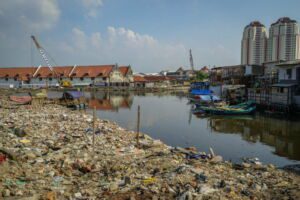
I have now traveled with two companies to two different slums. The first was Darvaj Slum in the Indian city of Mumbai. More recently, I visited the Jakarta Slum, Ciliwung. Both companies that I toured with provide their services to help the slums, usually giving more than half their proceeds to help people there.
The downside of these tours is that the companies don’t get to decide on the tourists that take these tours. Tourists visiting slums can often act as though they are someone visiting a zoo. They come in, take their photos, then head off to show everyone at home how poor these people are.
My last slum tour gave me into a whole different perspective of this. All because of an inspiring man named Ronnie!
Jakarta Hidden Tours
Jakarta hidden tours offer tours throughout Jakarta’s many slums. The founder and only guide of this company is named Ronnie. Ronnie an Indonesia native and was an artist for many years. While visiting the slums, completely changed his career and became a charity worker for the slums.
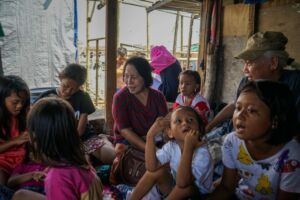
Ronnie’s company ‘ Jakarta Hidden Tours ” donates fifty percent of all the money earned from the tours to where it is needed the most. It can be used for school supplies, English lessons clean water and much more. The other fifty percent is just barely enough to cover the costs of running the company.
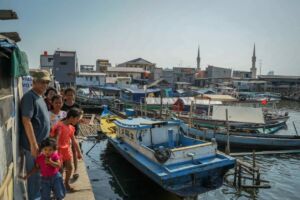
When Jakarta Hidden Tours began to get popular, Ronnie was attacked by the media portraying him as just trying to make money from the poor. They even went so far as to say “Why doesn’t Ronnie show the rich people too?” They claimed that he does not care about the well-being of the Indonesian people.
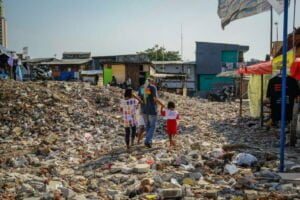
I spent much time with Ronnie on his tour. Ronnie, in my opinion, is a very inspiring person. Despite all the hate directed towards him and struggles of his crusade, he pushes on! If you are at all interested in visiting the slums in Jakarta, message Ronnie at www.jakartahiddentours.blogspot.com
The Secret Meeting Point
12 noon: I was given a “secret meeting ”point at a back street café in Jakarta’s Kota District . Finding it was not easy, as the café is not one that is frequented by many tourists. After asking a few locals for help, I was finally directed there.
A man with a long, white ponytail approached me, shook my hand, and introduced himself and his amazing wife. This was Ronnie, the famed slum activist. After our brief introduction, I asked what is with the “secret meeting” spot. Ronnie explained that he used to meet in more well-known areas, but his struggle with the Indonesian politics and media led him to be more cautious about his tours, in order to avoid problems.
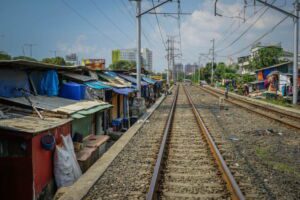
I asked Ronnie how many tourists he gets. He told me that he has bookings almost every day, but he is selective about who he takes. This is because he does not want his tours to turn into an official, full-blown tour company. Ronnie wishes to keep it small, help the people, and follow the right path. Another reason for his selectivity is that he knows that not all tourists are here for the same reasons.
In a world of constant selfies, Facebook and Instagram updates, many tourist can turn something like Slum Tourism into that sad zoo-like image the media has tried to portray. This kind of tourism is not for everybody, and Ronnie, being the person he is, will fight to keep this a charity company and not a commercial one.
The Ciliwung Slum Tour
From Jakarta’s historic Kota district, Ronnie led us east into the Ciliwung Slums . Coming to a dark corridor in between repair shops and storage units, Ronnie pointed and said “Here is where it begins, down the long black corridor. There are many secrets in here just like Harry Potter!”
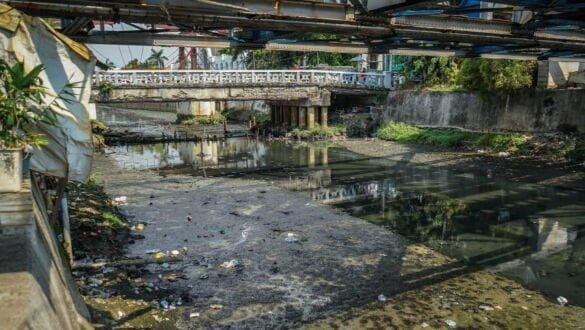
Walking down the corridor, we noticed small living spaces, all about 5 feet by 5 feet, crammed in here one after another. On average five people live to each one of these small spaces. Many of the occupants were small children, all living in this unsanitary and dark place.
We emerged from the black corridor up onto the train tracks. The tracks were surrounded by more houses.
“The train comes every thirty minutes, shaking the ground!” Ronnie exclaimed
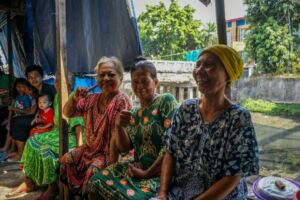
From the train tracks, we walked to the Ciliwung River. The Indonesian government claims to have cleaned up this river and proclaims that it will become a great tourist spot. However, the reality is that the river is a muck of running sewage, islands of garbage, and trickles of green, algae-filled water. The smell is extreme, but all the people here live beside this horrible place.
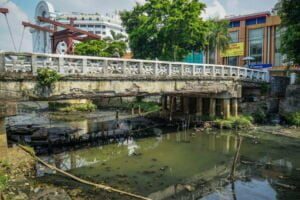
After mingling with many smiling locals, all of whom could speak some basic English and welcomed us with incredible hospitality, we were off to another area. This time, we visited underneath the highway bridge across from the Ciliwung. Here, families live on grass mats that are covered in dust. They get by, by selling used tools they either find in the dumps or buy from other slums.
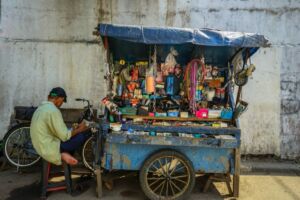
Kota’s Old Port and Slum
Part two of Ronnie’s tour brought us into a slum nearby to Kota’s Old Port. The Port itself has not changed in hundreds of years. Massive wooden cargo ships spit out black smoke and water as men haul wooden crates off and onto these behemoths. It’s a great site in itself; walking the port, just taking it all in. For a few dollars, you can hire a local to take you around the ships in a small boat. We had done this earlier, but with Ronnie, we started across from the port in the slum. We crossed the channel of floating garbage on a handmade, poorly put together ferry that crosses the waters by being pulled with a rope. On the island slum, Ronnie rented us a small boat and we explored the whole port area. Tagging along with us were seven or eight small local children from the slum.
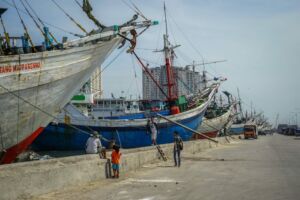
After the tour, we returned to the island slum and entered a local home. The home was constructed out of a tarp and some poorly put together wooden boards. It was home to a family of seven. Here they told us about life in the slum and had the children sing for us. We also had quite a few laughs about exchanging noses, because our noses were apparently more preferable than the Indonesian variety.
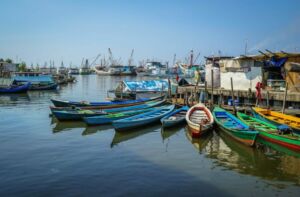
Ronnie told us more about how the slum was slowly being destroyed by the government, they were reclaiming the land and sending the residents to a faraway district. This family and the remaining ones were fighting to stay, as the new district was too far for them to commute for finding a job.
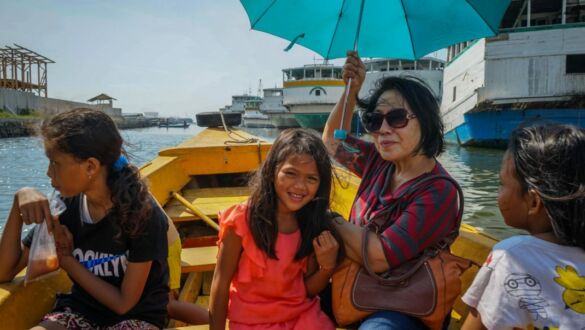
Final Thoughts on Slum Tourism
Visiting the slums is heartbreaking. You see the harsh reality of the third world. Many people travel to Indonesia for its white beaches, incredible diving, and culture. But, unfortunately, many travelers simply ignore the fact that Indonesia has some of the world’s worst poverty.
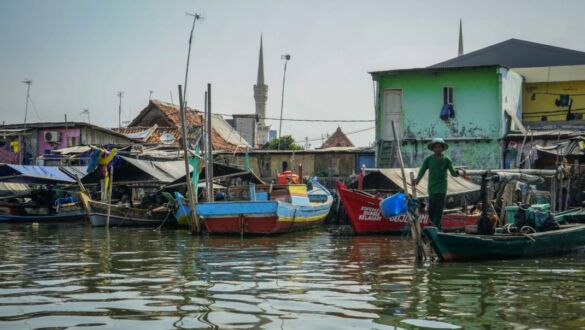
My final thoughts for this kind of tourism is that I believe it’s a great idea. It helps the people, and travelers get to see an unseen part of Indonesia that is more real than any of its temples and beaches. This is what traveling is truly about. Sitting down with the locals and learning from them is an experience that will stick with you long after you leave this place.
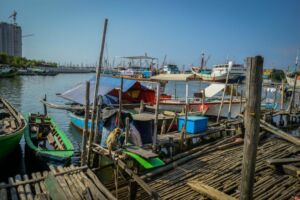
Useful Information
Location: Jakarta, Indonesia
Tour Company: www.jakartahiddentours.blogspot.com
Currency: Indonesian Rupiah
Language: Bahasa Indonesian
Stephen Gollan
Uncharted Backpacker is a glimpse at the past eleven years of globetrotting I have done. Now at over ninety countries I share my travel knowledge for you so you too can travel the world and see what wonders it has to offer.
Related posts

Learning to Ski at Sunshine Village, Banff

Medium Rare Travel Blogging and Writing 2022
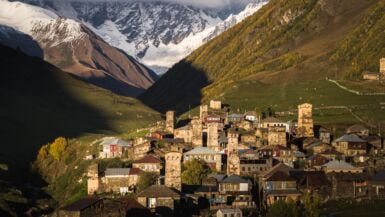
Svaneti, Georgia Travel Guide
Leave a reply cancel reply.
Your email address will not be published. Required fields are marked *
nice article… i read about slum tourism of jakarta anyway… thanks for your information 🙂
very good . .
It is really heart taking articles and photos. It is correct that we want to see the beautiful building and houses in Jakarta. But the slums are reality and our humanity cannot ignore it. I hope many authorities lend their hand and support to improve their conditions. I can’t see this huge difference gap in one city. Thanks Ronnie and Stephen!
Jakarta Hidden Tours

- See all photos

Similar Experiences

Most Recent: Reviews ordered by most recent publish date in descending order.
Detailed Reviews: Reviews ordered by recency and descriptiveness of user-identified themes such as wait time, length of visit, general tips, and location information.
Jakarta Hidden Tours - All You Need to Know BEFORE You Go (2024)
- +6281281873800
- [email protected]
- Aginsa Al Anhar Village A4 Bojong Gede, Indonesia

The Sinking Mosque and Submerging Jakarta: A Fascinating Tour with Java Private Tour
- July 24, 2023
- No Comments

Ditch the conventional tourist spots and dive into the lesser-known side of Jakarta with Java Private Tour. Our company understands the significance of sustainable and responsible tourism , and that’s why we offer tours to the slum areas in Jakarta. This unique experience allows you to gain insights into the lives of the locals, their daily struggles, and the strong sense of community that binds them together.
The Enigma of Mosque Wal Adhuna

One of the highlights of our slum area tour is the intriguing “Mosque Wal Adhuna.” Nestled in Muara Baru, Penjaringan, North Jakarta, this mosque is a poignant reminder of Jakarta’s submerging coastline. With rising sea levels and land subsidence taking a toll on the coastal areas, this mosque stands as a silent witness to the challenges faced by the communities living along the shorelines.
Encounters with the Locals

Get up close and personal with the residents of Jakarta’s slum areas, including the people living under the Jakarta toll roads in Jelambar, West Jakarta, where they are shielded from direct sunlight. We’ll also explore the densely populated and sun-deprived Gang Venus Tambora, known as one of the most crowded areas in Jakarta. We’ll also explore the tightly-knit riverine community of the Oyster Village Cilincing, located in the Marunda area of North Jakarta, where locals depend on oyster farming for their livelihood. Experience the simplicity and warmth of the community as they share their age-old oyster farming traditions with you. Through our guided interviews, engage in conversations with the locals, learn about their traditions, challenges, and dreams. It’s a chance to share experiences, broaden perspectives, and foster cultural exchange, leaving you with a deeper understanding of Jakarta’s diverse communities.
Jakarta’s Submerging Reality

As you venture beyond the slum areas, our tour takes you on a thought-provoking journey through Jakarta’s struggles with water issues. Rising sea levels and land subsidence have led to parts of the city gradually sinking, posing significant challenges to its future sustainability. If nothing is done, researchers say the city could be entirely underneath the water by 2050. Experience firsthand the effects of climate change and understand the urgent need for environmental preservation.
Exploring Offbeat Destinations
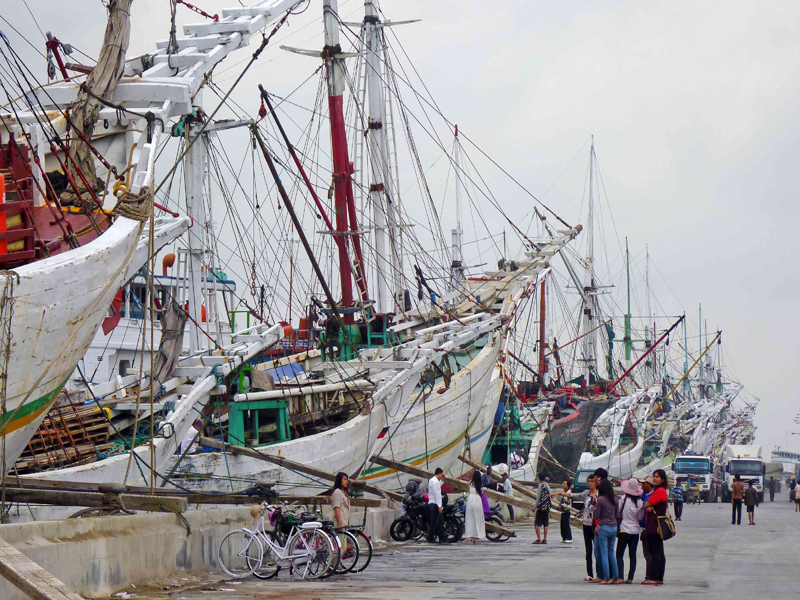
Beyond the insightful explorations, our tour includes visits to some of Jakarta’s most enchanting and less frequented spots. From the beautiful Pantai Indah Kapuk to the bustling Muara Karang and the serene Pantai Mutiara, each destination offers a unique perspective of Jakarta’s diverse landscape. Discover the lively atmosphere of Muara Baru Fishing Port and the historical significance of the Port of Sunda Kelapa, which has been a vital trading hub for centuries.
Unearthing History in Kota Tua

Step back in time as you visit Kota Tua, Jakarta’s old town, with its colonial architecture, charming museums, and vibrant street life. Experience the fusion of the past and present in this cultural hotspot, capturing the essence of Jakarta’s rich history.
Vibrant Bukit Duri
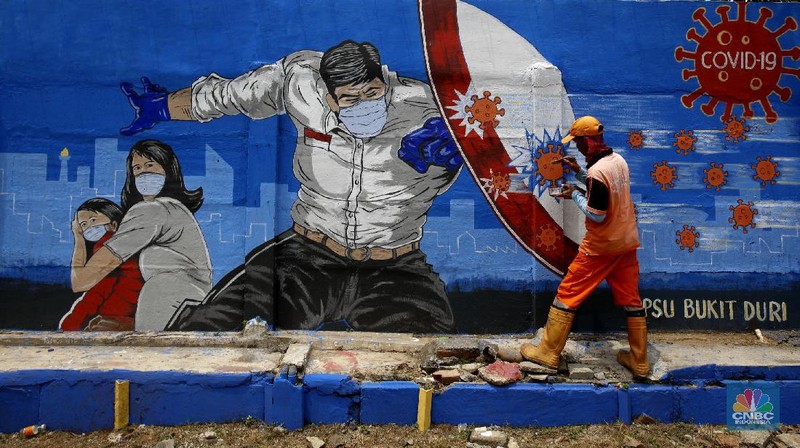
End your extraordinary tour at Bukit Duri, a lively neighborhood known for its vibrant street art, creative culture, and tight-knit community. Immerse yourself in the lively atmosphere and interact with the local artists and residents, gaining a fresh perspective on contemporary Jakarta.
Java Private Tour’s extraordinary adventure caters to the curious souls seeking authentic experiences beyond the ordinary tourist trail. From exploring the slum areas and the enigmatic “Mosque Wal Adhuna” to witnessing Jakarta’s submerging reality and unearthing the city’s hidden gems, this tour promises an unforgettable journey into the heart of Jakarta’s diverse culture, history, and people. Embark on this exploration with us, and let Jakarta’s captivating stories and unique landscapes leave an indelible mark on your heart. Book your tour with Java Private Tour now and unlock the true essence of Jakarta! BOOK HERE!
You May Also Like

Leave a Reply Cancel reply
You must be logged in to post a comment.

The History Of Java

Memoir of the Conquest of Java
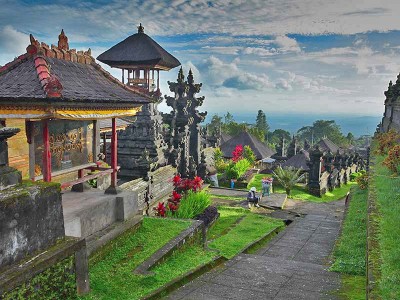
Ubud Village, the heart of Bali’s beauty with a green tapestry
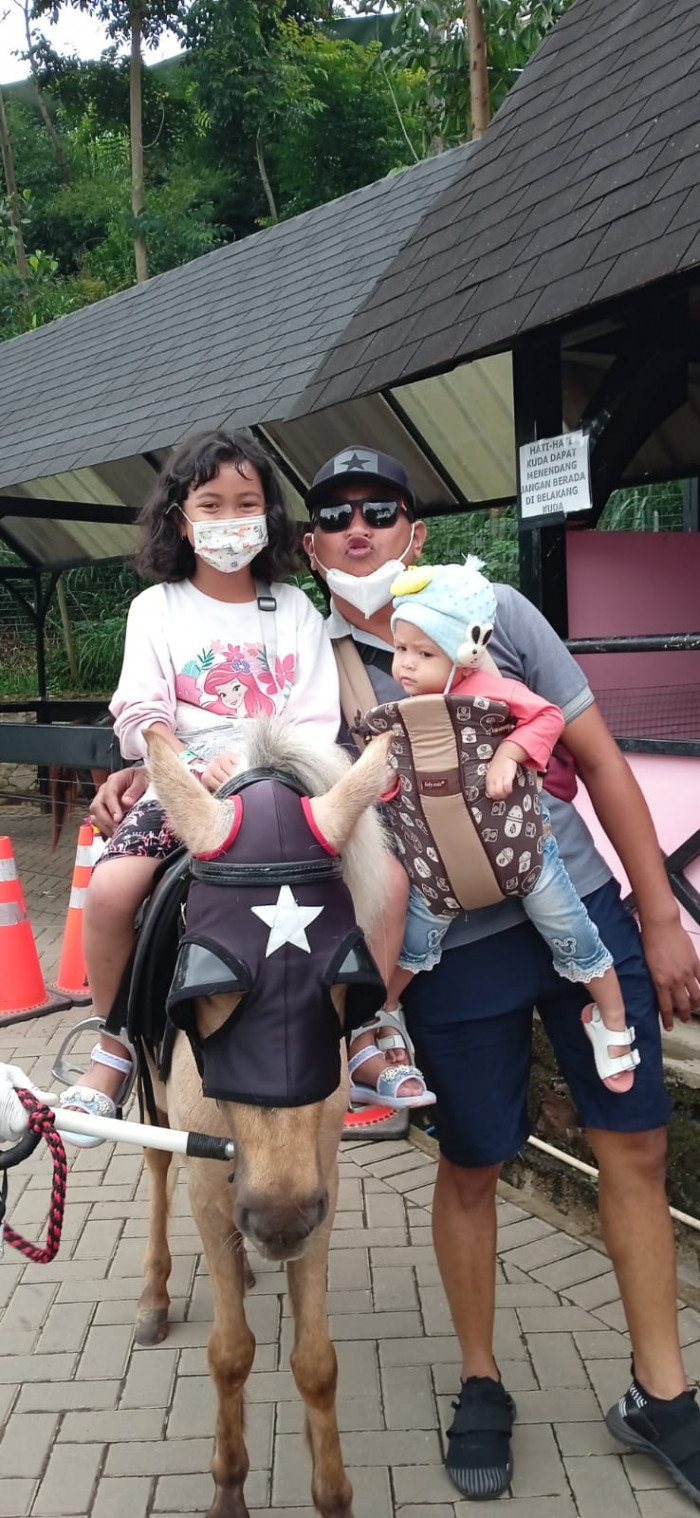
Private Tour is a Solution and Trend for a Safe Vacation with Family in the Pandemic Era
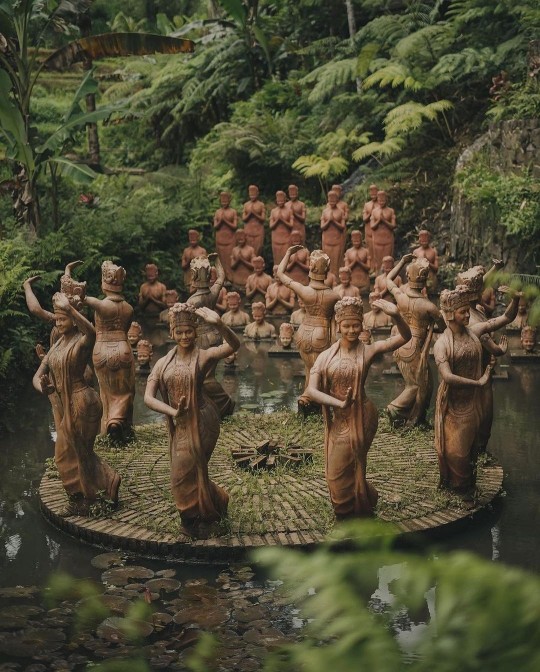
Banyuwangi has Reopened

The Leader Of Jakarta & His Controversial Decision (1966-1977)

Time to Hit Back!

Debus, Art that challenges death.
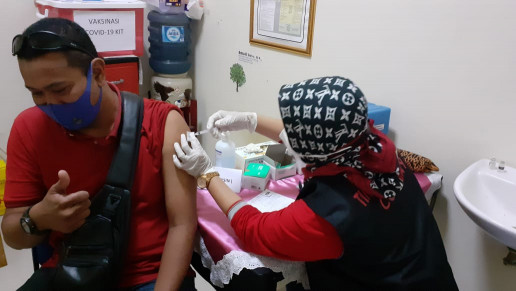
Accelerating the Recovery of Java Tourism
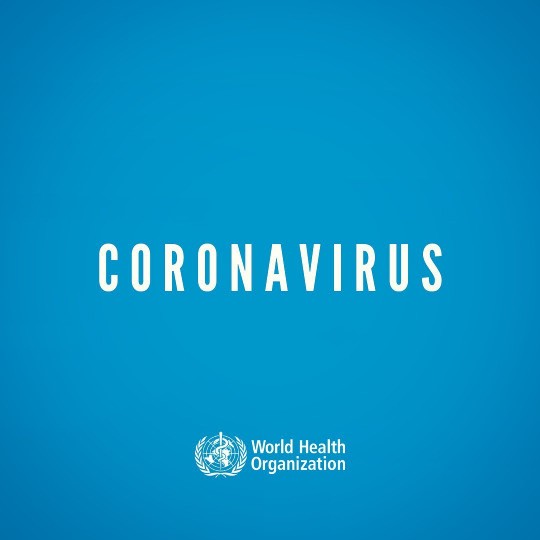
Where can I find the latest official information about Coronavirus, and travel to Java and Bali?
- Airport Transfer Services (3)
- Book Reference (3)
- Charity (10)
- Events (11)
- Inspirational Blogs & Articles (434)
- Java Art (48)
- Java Culture (140)
- Java Ecotourism (52)
- Java History (110)
- Java Legends (17)
- Java Shopping (10)
- Java Social (70)
- Media Coverage (3)
- Whats Trending (49)
Share this on:
- Story Highlights
- Next Article in World »
JAKARTA, Indonesia (CNN) -- Hidden in the alleyways behind Jakarta's fancy malls and in between the high-rise apartment buildings is what Ronny Poluan, a former film maker, calls the "real Jakarta."
Ronny Poluan (in cap), who runs "Jakarta Hidden Tours," takes a group through a Jakarta slum.
It is not far from the glitz and glam that dominates the capital's skyline, yet it is a side of the city that few foreigners ever see.
"I want them to (have an) authentic view," Poluan, who runs "Jakarta Hidden Tours," said as he took a group of Australians through the winding maze of a central Jakarta slum.
"I'm running out of rice," an old lady mumbles in the doorway of her tiny dark home as the group passes by.
Further along, little girls push their faces into wire fencing, while another group of children draw 36-year-old Daniel Knott into a game of cards. Knott, a volunteer for various NGOs, and his wife, who works for AUSAID, live in Jakarta and have been to the slums before. But it is the first time their friends, Kerri Bell and her husband Phil Paschke, have been to Indonesia .
Knott said he felt it was important to bring the visiting couple here.
"I think Jakarta is a city of contrasts," he said. "There's a lot of shopping malls and kitschy stuff, but it's also a lot of normal people. And, it's fun to come and hang out with the locals, actually."
- Incumbent on course to win Indonesian presidential vote
- One giant leap toward space tourism
- Mexico's battered image yields travel deals
- Trains are life for avid 'railfans'
"It's fantastic," Kerri Bell said. "I've been in Asia once before and we didn't want to just gloss over the surface and see all the things you can see in a western country. It feels to me much more like the real Jakarta , to see what drives it. To see that is so much more valuable than coming and lying on the beach."
The group remarked that there were few other cities where foreigners can wander around the slums, and not just feel safe but welcomed -- and that is what Poluan said these tours were all about.
"I want to see people meet people," he said. "The other culture meet the other culture."
"It's a pretty big eye opener," Paschke said. "It's the first time I have left Australia, so yes, it's completely different."
Poluan ushered the group into a covered market where you can find just about anything. For the group, it was a bombardment of the senses.
"I love seeing them," fish seller Rokayah said, laughing. "They are handsome and they are rich. It is rare for me to see foreigners here at the traditional market, and I like talking to them, but I don't understand English."
The tour costs around $34 per person. Poluan keeps about half of the money for himself and his NGO, INTERKULTUR. The other half goes to the community.
Critics, however, said that this type of direct cash aid was counter-productive. They said the tours were demeaning, exploited the poor, and taught them to be dependent on the handouts of others.
"These poor people, we have to educate them," said Wardah Hafidz, coordinator of the Urban Poor Consortium. "We have to tell them that it's not God's will that they are poor, that they also have to fight for themselves. They can't depend on other people forever."
This type of criticism angers and frustrates Poluan, who said his tours were about raising awareness on both sides. In the last month, he has also started a microfinance scheme.
More importantly though, he said, were the initiatives that he hoped his tours would jumpstart.
"They (the foreigners) usually think about how to help, to educate," he said. "They come back again, bring books. I try to make a pushcart library for the children."
He said his tours were also about educating foreigners on real issues facing the country.
The group weaved its way to the city's train tracks, only barely visible amid the garbage and squalor.
It is the site of a constant battle between the track dwellers and the government, which says that living there is illegal and dangerous. Government evictions and the destruction of the feeble structures, usually just bits of plastic tarp and wood, are fairly commonplace.
"I am used to it," shrugged 80-year-old Indarjo.
He has lived like this for five decades, making his living as a scavenger. He said he has been forced to move over 200 times.
He invited the group into his home, and explained that when it rains, he just pulls the flap over.
"I feel that I am equal to them. I treat them as my guests," he said. "I believe that they would do the same for me."
The visitors were dumbstruck, the impact of what they were seeing, they say, was hard to put into words.
It was a sobering but educational look at Indonesia, where some 40 million people live below the poverty line.
"It's pretty confronting," Paschke said. "The things you complain about at home don't seem too significant."
All About Indonesia • Jakarta
From the Blogs: Controversy, commentary, and debate
Sit tight, we're getting to the good stuff.
- Europe (North)
- Europe (South)
- Information
- South-East-Asia
- Augenblicke
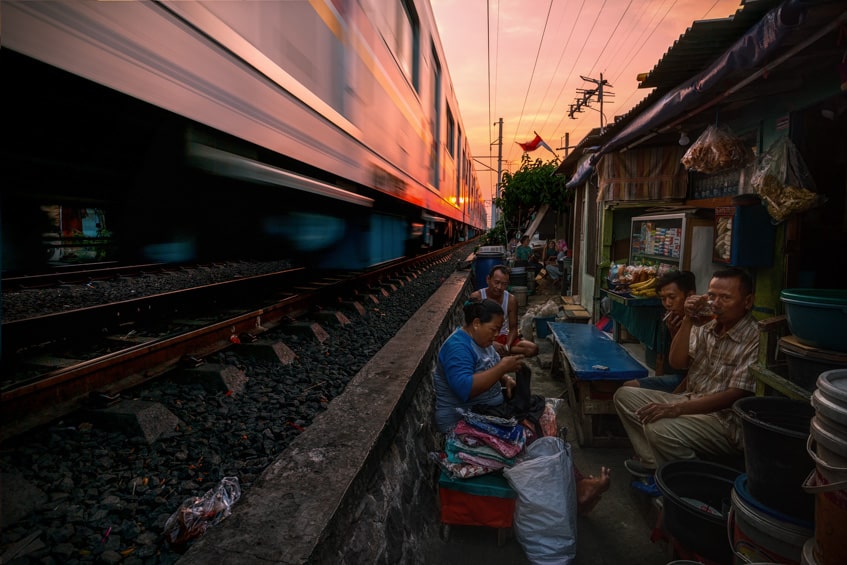
Slums of Jakarta
Jakarta hidden tours.
If you visit Jakarta, you can book a city tour which is probably totally different from any other tour you have been on before. It is offered by Ronny Poluan and his wife Anneke Rompas. They call it Jakarta Hidden Tour because they will guide you to places unseen in guidebooks and tourist promotions: the slums.
Diesen Artikel auf Deutsch lesen.
Poverty as a touristic destination? Understandably a deterring thought for many visitors. Nobody wants to feel like a voyeur of misery. But you won’t be. To put it in Ronnie’s words: “You are not our tourist, you are our participant in the 3E development Project.” Where 3E stands for emergency, education, empowerment. Thus the 50 USD one must pay for the tour is regarded as a donation to the project and the people.
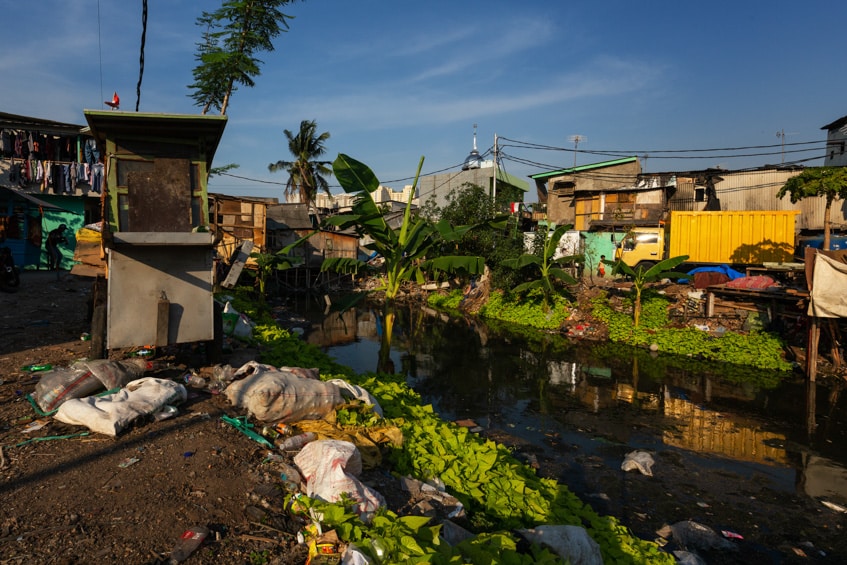
Our tour took about two to three hours and left me with a lot of contrary impressions. I felt elated by the beauty and kindness of the people living in conditions that are more than depressing.
Such a short excursion is not enough to derive at any founded conclusions. Thus, I will not even try to offer a coherent text for this blog but rather offer glimpses and fragments from the slums of Jakarta.
The Harbour Slum
The first place we visit is one of the many slums at the edge of the harbor, just opposite a quarter of fancy modern office towers, costly apartment buildings and a neat school for children whose parents can afford it.
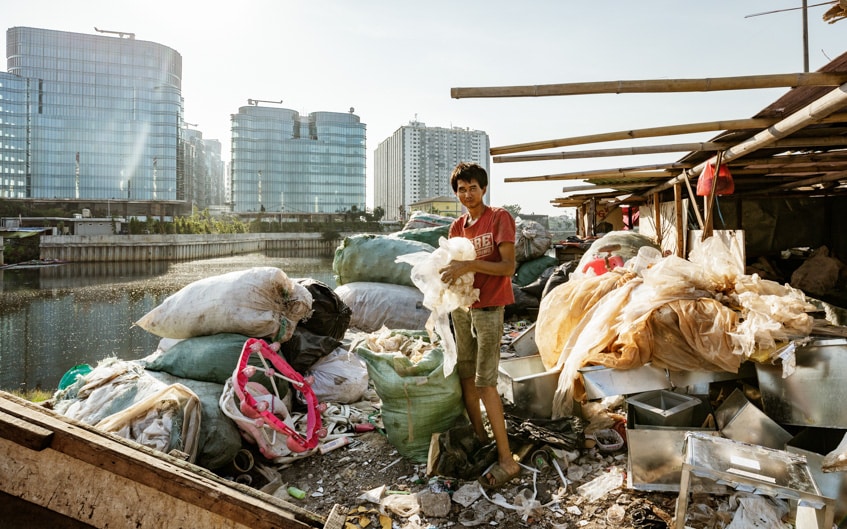
I feel uneasy about this and other photos – because I find it beautiful. But then, who says there is not beauty in poverty? The image, however, can’t convey the stingy smell of the place. Nor any other pain.
Ronny Poluan is not, as I had assumed, a social worker but an artist. So, before we even start on the tour, we talk about how art can relate to poverty. “We once did a photo exposition about the slums. Wonderful black&white images of high intensity” Ronny says. “But I had an uneasy feeling. The people’s misery had become something aesthetical.”
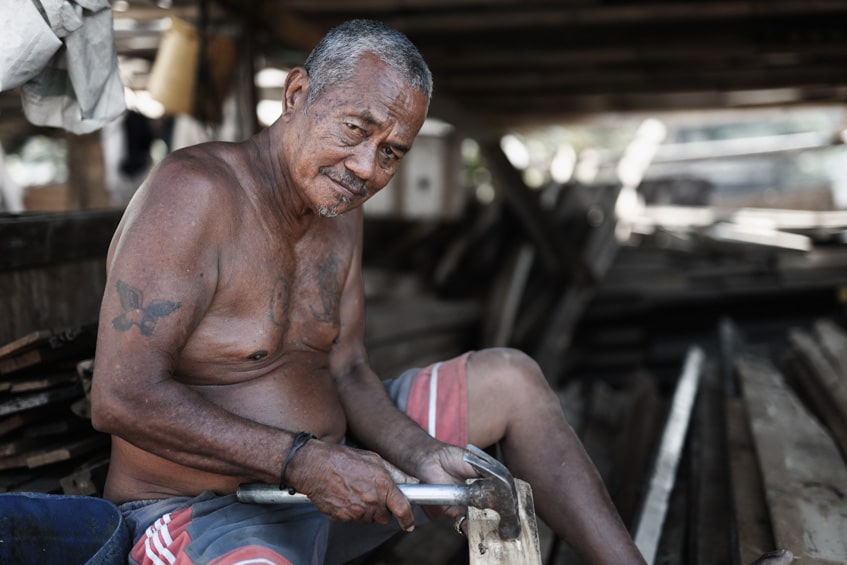
But look at the man who draws nails from used timber planks. Is the human face not beautiful everywhere – like a lotus flower even though it grows in the mud?
I find the place busy with people trying to earn some money in any imaginable way. One guy has padded the luggage rack of his old bicycle. He waits for customers who want to be taken to places, nowadays mostly in vain, as he says: “Since the Gojek motorbikes (an Indonesian version of Uber) offer their cheap service, nobody wants to make use of my bike anymore.”
Using a bike as mobile restaurant is probably a better business model nowadays.
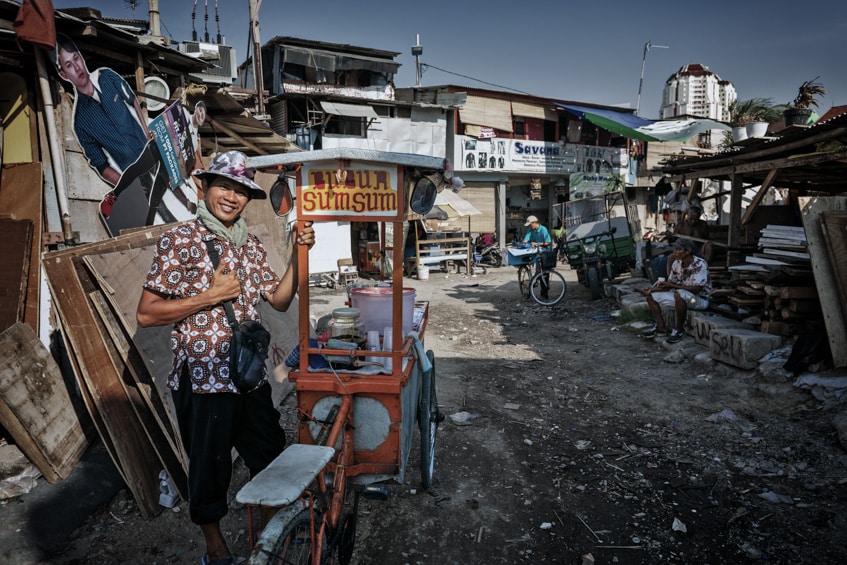
But not everybody finds work every day. When they don’t, young men gather in their “club house” to smoke, drink tea and chat. The “club” is but a wooden shelter with an old sofa and an even older mattress.
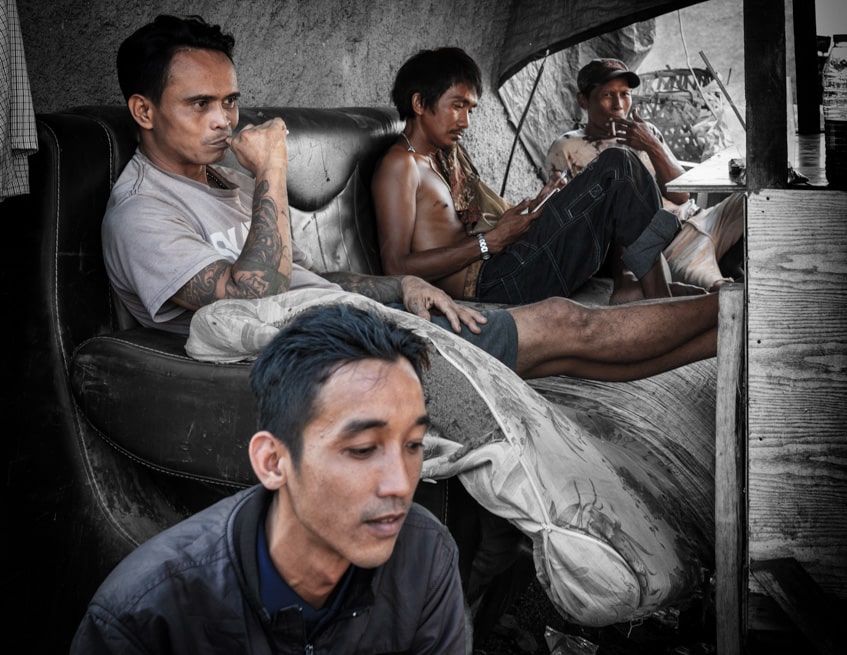
Ronny talks with the men about community affairs, when one man comes up giving an ardent speech. I can’t follow the topic, but assume it is political. Maybe I am prejudiced by his gestures, the Che-Guevarra-shirt and the barbed wire tattoo around his neck.
As we enter the slum, children come running to join us on the tour. Ronny and Anneke know almost each one of them by name. They organize English classes for the children as part of the second E – education. Thus, each of the kids also introduces itself to me using the English phrases they have learned in these classes.
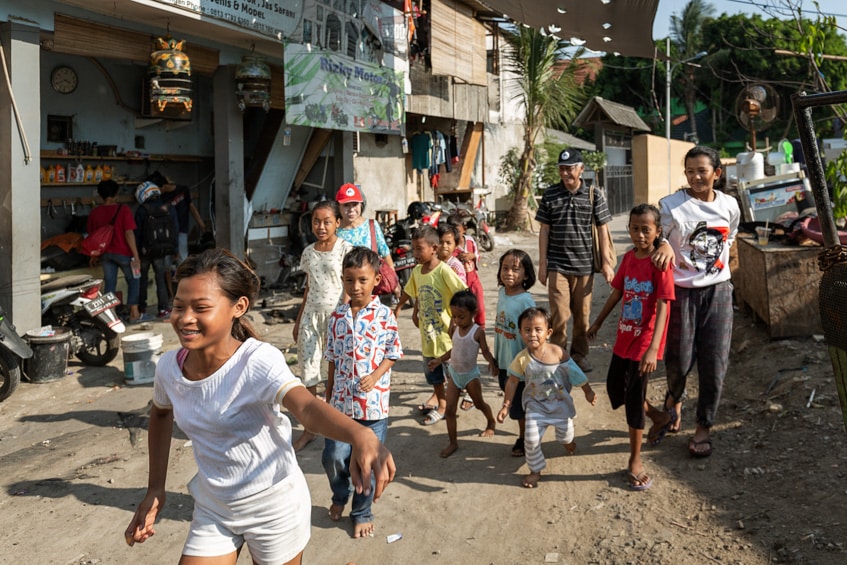
“Lately a colleague, another artist, called me and asked ‘Ronny, what are you now, an artist or an activist?’” It is not clear to me if Ronny is amused or rather annoyed by this question. What is art if it is void of compassion?
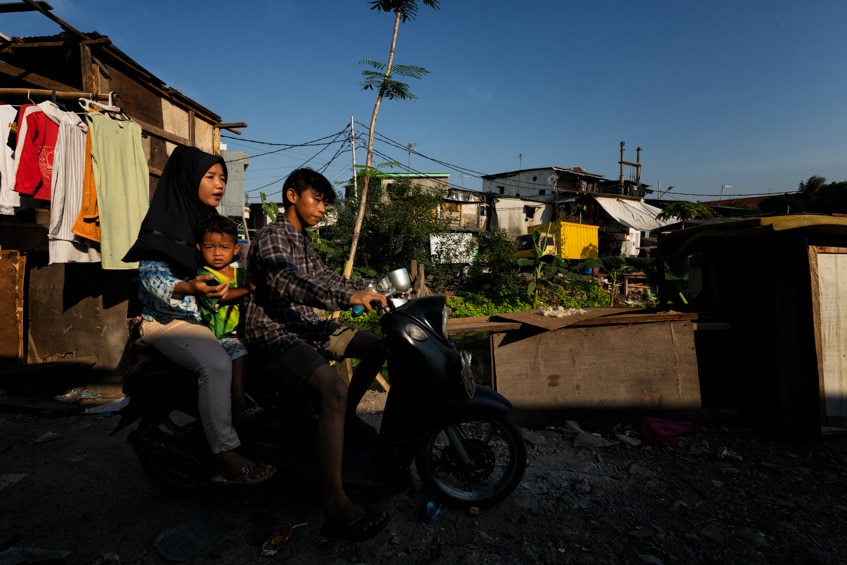
The first thing Ronny and Anneke showed me was the view of the slums from the other, the rich side of the harbor shore. This is how the slums are usually viewed – from a safe distance. People know that poverty is there, yet it is barely visible. It becomes an abstract problem. That is what is meant by ‘hidden’.
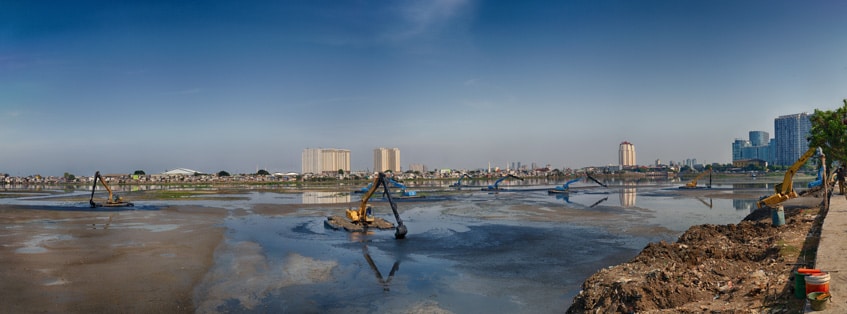
Ronny and Anneke help people to meet. This won’t change the world. But at least people will be more than abstract problems to each other. And after all, isn’t it only natural for people to meet? Indeed, it seems even more natural for the resident people than for most tourists. “I treat them as my guests,” says an old slum dweller into the microphones of a CNN camera on one of the tours, “and I believe they would do the same to me.”
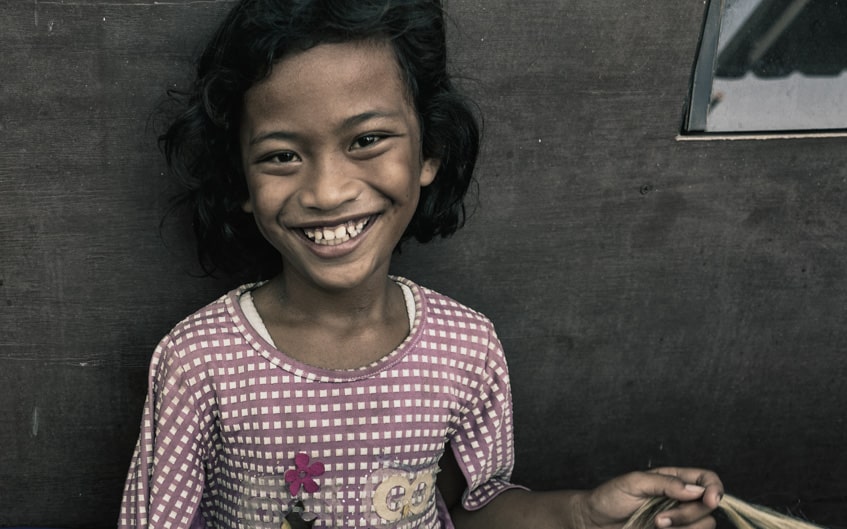
Most welcoming, as always, are the kids. They love to chat using the little English they have learned and show their visitors around.
The Slum Reform Project
The next place we visit is a reform project. A dusty open square with small houses surrounding it. It looks neat compared to the slum before, yet also somewhat deserted.
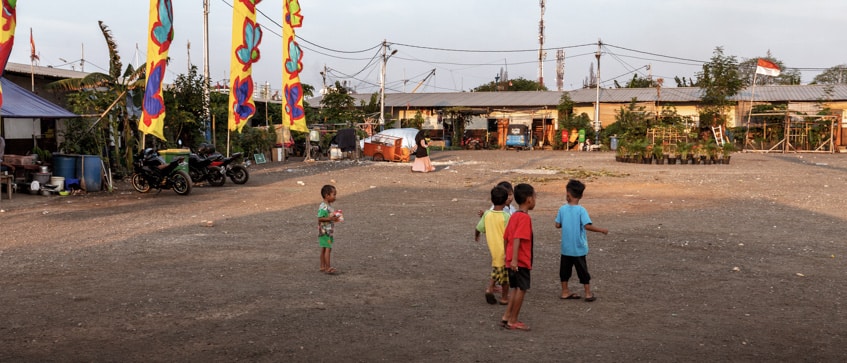
A lot of colorful flags have been erected, a weak attempt, so it seems, to submit some feeling of joyfulness. “Once 400 families used to live at this place,” Ronny explains, “then the government demolished the slum.” Only about 100 families remained moving into the new sheds provided by the city. “The others were displaced.” It’s a disaster for those who can’t stay. There has been resistance against the demolition. As obvious, to no avail.
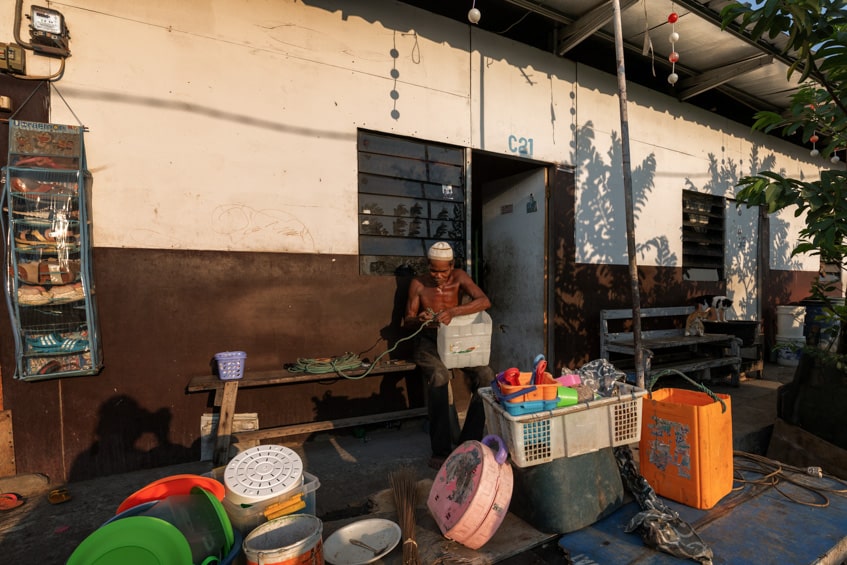
The city is pushing ahead social housing projects. “Under the rule of (now president) Widodo as mayor the city’s poor people have seen two highly beneficial improvements,” says Ronny. “Free schools and medical aid for everybody.” There is a catch, though: this holds only for those whose ID card proves them to be residents of Jakarta. A vast number, however, are not, even though they might have lived in the city for decades. Can’t they get ID cards? “Yes,” Ronny answers, “if they have a legal residence in town.” Most slum houses, of course, are not legal.
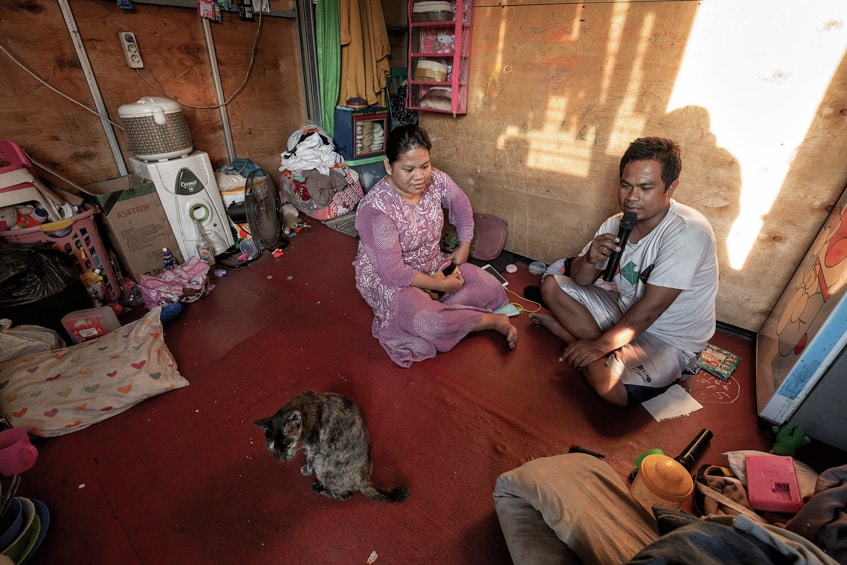
The man sings karaoke inside his home. A speaker outside the door makes it an entertainment for the neighbours, too.
While Ronny takes a rest, Anneke shows me around the quarter. At every door she talks with the people, and I see her handing some Rupiah notes to an old man who tells her about his current problems. The houses looked much more solid from a distance. Up close they are just thin wooden walls under a common tin roof that encloses small rooms with no ceiling. People have even less privacy here than in the former slum dwellings.
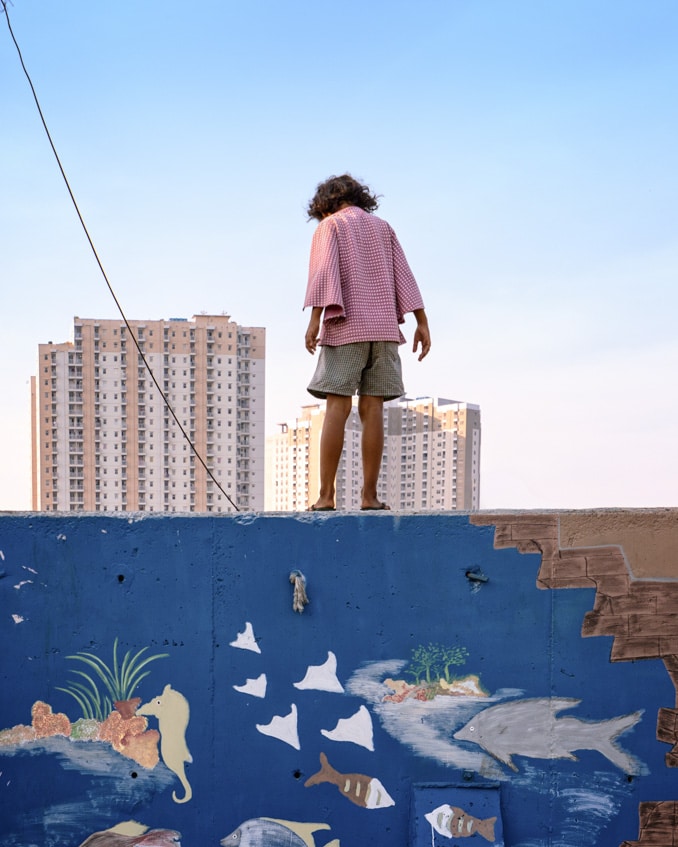
From the wall which confines the quarter one can see high rising social welfare housing. The government has promised to build such a building on the dusty central square of the demolished slum quarter. All families must pay a small monthly fee for the project, though nobody knows how long it may take to be realized.
The wall, however, has already been decorated with jolly sea life paintings.
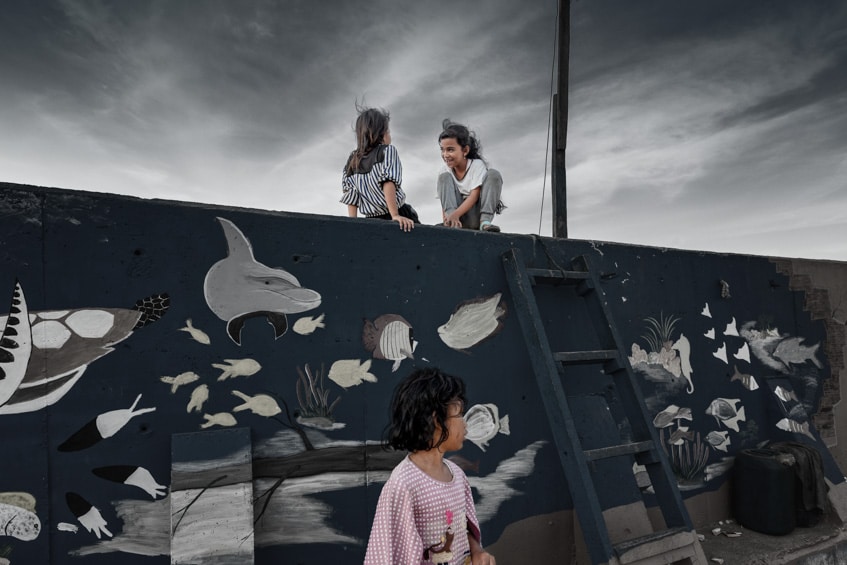
Below the Tracks
The quarter at the harbor was busy and vivid, the reform project offered at least a glimpse of hope for a better future. The last place that Ronny and Anneke show me, however, sends a shiver down my spine.
At Kota Tua, the historic center and tourist highlight of Jakarta, we enter a narrow and gloomy hallway between two houses. At the end of it we walk up a ramp and stand beside the railway tracks.
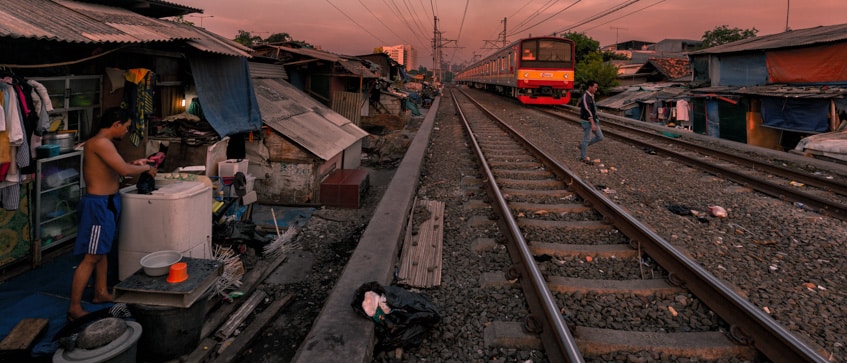
Across the tracks people are housing in decrepit shacks. The sun is just about to set. Eager to catch the moment I raise my camera, when people shoo me from the track bed as a train is appearing fast from behind.

We climb down a few steps and stand in a cave. People live below the tracks in coves reaching into the groundwork of the railroad. This is the kitchen of the place.
A gloomy path with a small gully connects the coves. At it’s end it leads outside to the banks of a stinking river.
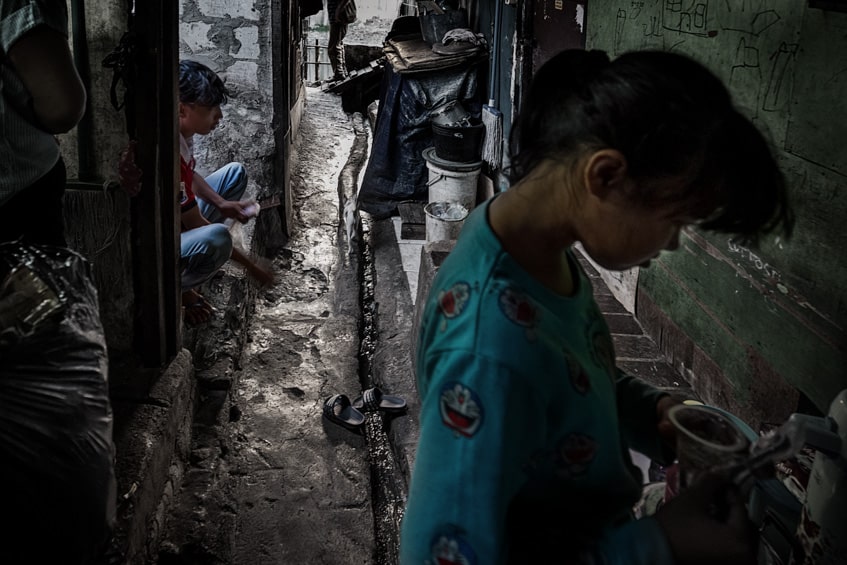
A young couple opens their shed for us to look inside. Their floor is covered by one mattress which fills the whole space, while they watch some show on a TV screen on the wall.
I don’t take a photo; it is too dark. Or is it rather that I am too ashamed as to intrude into that tiny bit of privacy of this couple? They smile. It is not the people here that are ashamed but rather us, the visitors. Yet again, it is the conditions that are eerie, while the people are wonderful. As Ronny stated in a documentary : “I love to see how the people manage to survive, how tough they are, and how peaceful their mind is.”
After a while of watching and chatting with the people we climb out of the cave and stand on a bridge that spans the slum dwellings. And I recognize the place. I was here yesterday when photographing the adjacent historic draw bridge, one of the touristic highlights of Jakarta’s Kota Tua. While doing so I was literally standing above the heads of the poor people, the hidden reality of this town.
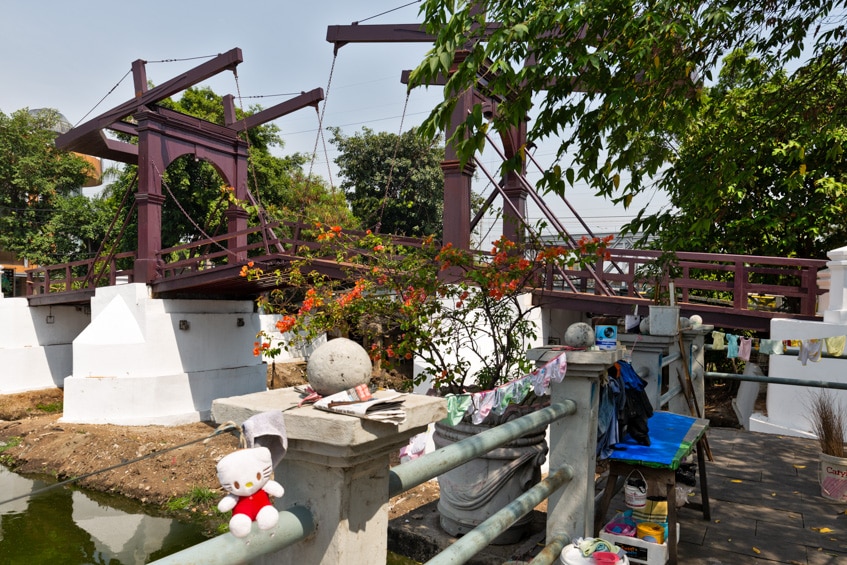
See my following blog post about Jakarta’s Old Town (Kota Tua)
Date of Travel: October 2019
Ronny and Anneke’s website: Jakarta Hidden Tour
A very fine short movie about the tour by Ulf Krueger.
Cost of the tour: 50 USD donation to their projects per person
- Share by Email
Leave a reply
Ini bagus untuk menjadi catatan sejarah Ibu Kota Jakarta dibawah kepemimpinan seorang Gubernur sebelum Ibu Kota pindah ke Kalimantan.
Setelah pindah orang miskin tinggal di belakang. Apa yang akan kalau air laut benar-benar akan naik?
Leave a Reply Cancel reply
Your email address will not be published. Required fields are marked *
HUMAN Intelligence Test three × one =
This story is over 5 years old.
In this, one of the world’s most densely packed slums, the sun never rises.

A woman hangs clothes in Tambora's Gang Venus—the alley with no sunlight. All photos by author.

ONE EMAIL. ONE STORY. EVERY WEEK. SIGN UP FOR THE VICE NEWSLETTER.
By signing up, you agree to the Terms of Use and Privacy Policy & to receive electronic communications from Vice Media Group, which may include marketing promotions, advertisements and sponsored content.
Slum Tourism in Indonesia - the Phenomena of Slum Destination in Kampung Akuarium, Jakarta
- Conference paper
- First Online: 17 March 2024
- Cite this conference paper

- Ni Made Eka Mahadewi 11 ,
- Dewa Ayu Made Lily Dianasari 11 ,
- Anom Heri Suasapha 11 ,
- Lidya Henrica 11 &
- Ni Made Prasiwi Bestari 12
Part of the book series: Lecture Notes in Networks and Systems ((LNNS,volume 924))
Included in the following conference series:
- International Conference on Business and Technology
42 Accesses
Slum tourism stands apart from traditional tourism in that it diverges from the usual focus on appealing scenery, instead offering an unfiltered look at poverty within a region. It represents an unconventional and contemporary tourism model that turns urban poverty into a tourist attraction. This study employed a qualitative approach, primarily aiming to depict the participants’ experiences. The findings reveal that slum tourism in Kampung Akuarium delivers diverse benefits to the community, both directly and indirectly.
This is a preview of subscription content, log in via an institution to check access.
Access this chapter
- Available as PDF
- Read on any device
- Instant download
- Own it forever
- Available as EPUB and PDF
- Compact, lightweight edition
- Dispatched in 3 to 5 business days
- Free shipping worldwide - see info
Tax calculation will be finalised at checkout
Purchases are for personal use only
Institutional subscriptions
Pollock, J.C.: Community Structure Approach. In: Oxford Bibliographies Online. Oxford University Press, New York (2013)
Google Scholar
Faulkner, B., Tideswell, C.: A framework for monitoring community impacts of tourism. J. Sustain. Tour. 5 , 3–28 (1997). https://doi.org/10.1080/09669589708667273
Article Google Scholar
Wen, S., Cai, X., Li, J.: Pro-Poor Tourism and Local Practices: An Empirical Study of an Autonomous County in China. Sage Open. 11 (2021). https://doi.org/10.1177/21582440211022740/ASSET/IMAGES/LARGE/10.1177_21582440211022740-FIG3.JPEG
Slum Upgrading. https://unhabitat.org/topic/slum-upgrading . Accessed 27 Dec 2022
Nisbett, M.: Empowering the empowered? Slum tourism and the depoliticization of poverty. Geoforum 85 , 37–45 (2017). https://doi.org/10.1016/J.GEOFORUM.2017.07.007
Outterson, K., Selinger, E.: The Ethics of Poverty Tourism. SSRN Electron. J. (2009). https://doi.org/10.2139/SSRN.1413149
Meschkank, J.: Investigations into slum tourism in Mumbai: poverty tourism and the tensions between different constructions of reality. GeoJournal 76 , 47–62 (2011). https://doi.org/10.1007/S10708-010-9401-7/METRICS
Rolfes, M.: Poverty tourism: theoretical reflections and empirical findings regarding an extraordinary form of tourism. GeoJournal 75 , 421–442 (2010). https://doi.org/10.1007/S10708-009-9311-8/METRICS
Saputra, M.I.: Wisata Kumuh untuk Mengekspos Kemanusiaan. https://telusuri.id/wisata-kumuh-untuk-mengekspos-kemanusiaan/ . Accessed 13 Dec 2022
Habitat for Humanity reaches 29 million served as it rises to growing challenges of housing quality and affordability in the U.S. and around the world | Habitat for Humanity, https://www.habitat.org/newsroom/2019/habitat-humanity-reaches-29-million-served-it-rises-growing-challenges-housing . Accessed 27 Oct 2023
Munggaran, R.A., Setiono, L.S.: Orientasi Slum Tourism Jakarta Hidden Tour sebagai Praktik Kosmopolitanisme. SOSIETAS. 10, 841–850 (2020). https://doi.org/10.17509/SOSIETAS.V10I2.30101
Nurghida, B.: Slum Tourism: Kemiskinan Menjadi Objek Wisata. http://pride.co.id/slum-tourism-kemiskinan-menjadi-objek-wisata/ . Accessed 13 Dec 2022
Jakarta Hidden Tour, Tur Senyap Panggung Kemiskinan Ibu Kota. https://www.cnnindonesia.com/nasional/20190806164344-20-418938/jakarta-hidden-tour-tur-senyap-panggung-kemiskinan-ibu-kota . Accessed 13 Dec 2022
Frenzel, F.: Slum tourism in the context of the tourism and poverty (relief) debate. Erde. 144 , 117–128 (2013). https://doi.org/10.12854/ERDE-144-9
Ma, B.: A Trip into the Controversy: A Study of Slum Tourism Travel Motivations (2010). http://repository.upenn.edu/uhf_2010http://repository.upenn.edu/uhf_2010/12
Moustakas, C.: Phenomenological research methods. Phenomenological research methods. (1994). https://doi.org/10.4135/9781412995658
Miles, M.B., Huberman, A.M., Saldaña, J.: Qualitative Data Analysis A Methods Sourcebook (1994)
Download references
Author information
Authors and affiliations.
Politeknik Pariwisata Bali, Jl. Dharmawangsa, Benoa, Kec. Kuta Sel, Kabupaten Badung, Bali, 80361, Indonesia
Ni Made Eka Mahadewi, Dewa Ayu Made Lily Dianasari, Anom Heri Suasapha & Lidya Henrica
Universitas Pendidikan Nasional, Jl. Bedugul No. 39, Sidakarya, Denpasar Selatan, Kota Denpasar, Bali, 80224, Indonesia
Ni Made Prasiwi Bestari
You can also search for this author in PubMed Google Scholar
Corresponding author
Correspondence to Ni Made Eka Mahadewi .
Editor information
Editors and affiliations.
Middle East Technical University, Northern Cyprus Campus, Güzelyurt, Kallanli, KKTC, Türkiye
Bahaaeddin Alareeni
College of Business of Finance, Ahlia University, Manama, Bahrain
Allam Hamdan
Rights and permissions
Reprints and permissions
Copyright information
© 2024 The Author(s), under exclusive license to Springer Nature Switzerland AG
About this paper
Cite this paper.
Mahadewi, N.M.E., Dianasari, D.A.M.L., Suasapha, A.H., Henrica, L., Bestari, N.M.P. (2024). Slum Tourism in Indonesia - the Phenomena of Slum Destination in Kampung Akuarium, Jakarta. In: Alareeni, B., Hamdan, A. (eds) Technology and Business Model Innovation: Challenges and Opportunities. ICBT 2023. Lecture Notes in Networks and Systems, vol 924. Springer, Cham. https://doi.org/10.1007/978-3-031-53998-5_50
Download citation
DOI : https://doi.org/10.1007/978-3-031-53998-5_50
Published : 17 March 2024
Publisher Name : Springer, Cham
Print ISBN : 978-3-031-53997-8
Online ISBN : 978-3-031-53998-5
eBook Packages : Engineering Engineering (R0)
Share this paper
Anyone you share the following link with will be able to read this content:
Sorry, a shareable link is not currently available for this article.
Provided by the Springer Nature SharedIt content-sharing initiative
- Publish with us
Policies and ethics
- Find a journal
- Track your research

Life Inside Jakarta's Swelling Slums
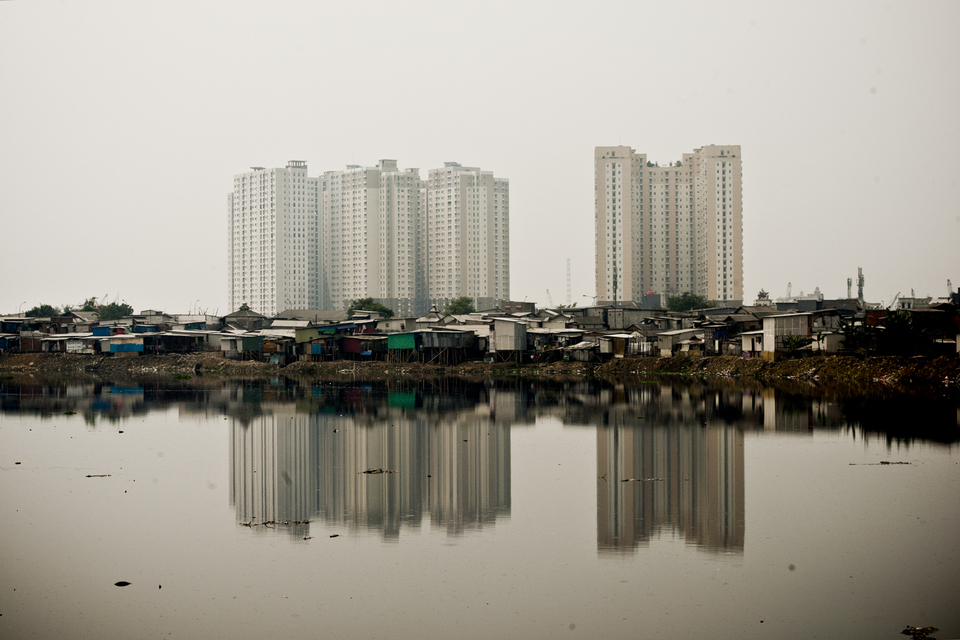
As World Population Day was observed on Wednesday (11/07), the Jakarta Globe has visited Penjaringan, a northern neighborhood of the capital city, where its metropolitan lights and urban commotion almost never reach.
Dim lamps hardly illuminate the neighborhood's wet and narrow alleys that smell of decay. C hildren run through mud in between shanties, where even sunlight does not arrive .
Jakarta is running out of space. While luxury high-rises are plentiful, affordable housing is scarce, forcing many to live in slum areas with strained access to public resources like clean water, electricity and sewers.
With the population of Greater Jakarta expected to grow from 25 million to 35 million in 2020, immediate solutions are desperately needed to resolve the housing crisis.
POPULAR READS

US Economy Slows Down to 1.6 Percent Due to High Interest Rates
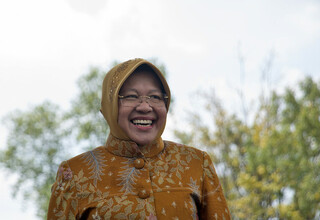
PDI-P Considers Risma, Ahok, and Azwar Anas for Jakarta Governor
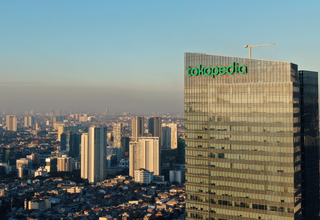
Tokopedia, TikTok Has Over 21 Million Sellers After Merger

AFC U-23 Asian Cup: Indonesia's Dramatic Win Over South Korea Puts Paris Olympics 2024 Within Reach

Indonesia U-23 National Team Makes History by Beating South Korea in Penalty Shootout
Popular tag, most popular.
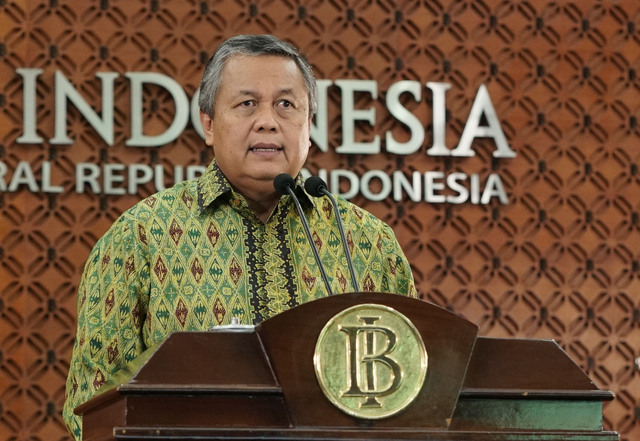
Indonesia Should Make Use of Fish Farming Tech to Tackle Stunting

Mobilizing Social Investors for A Fighting Chance in the Climate Crisis

Solar Energy Can Steer Indonesia’s Pathway Towards Clean-tech Economy
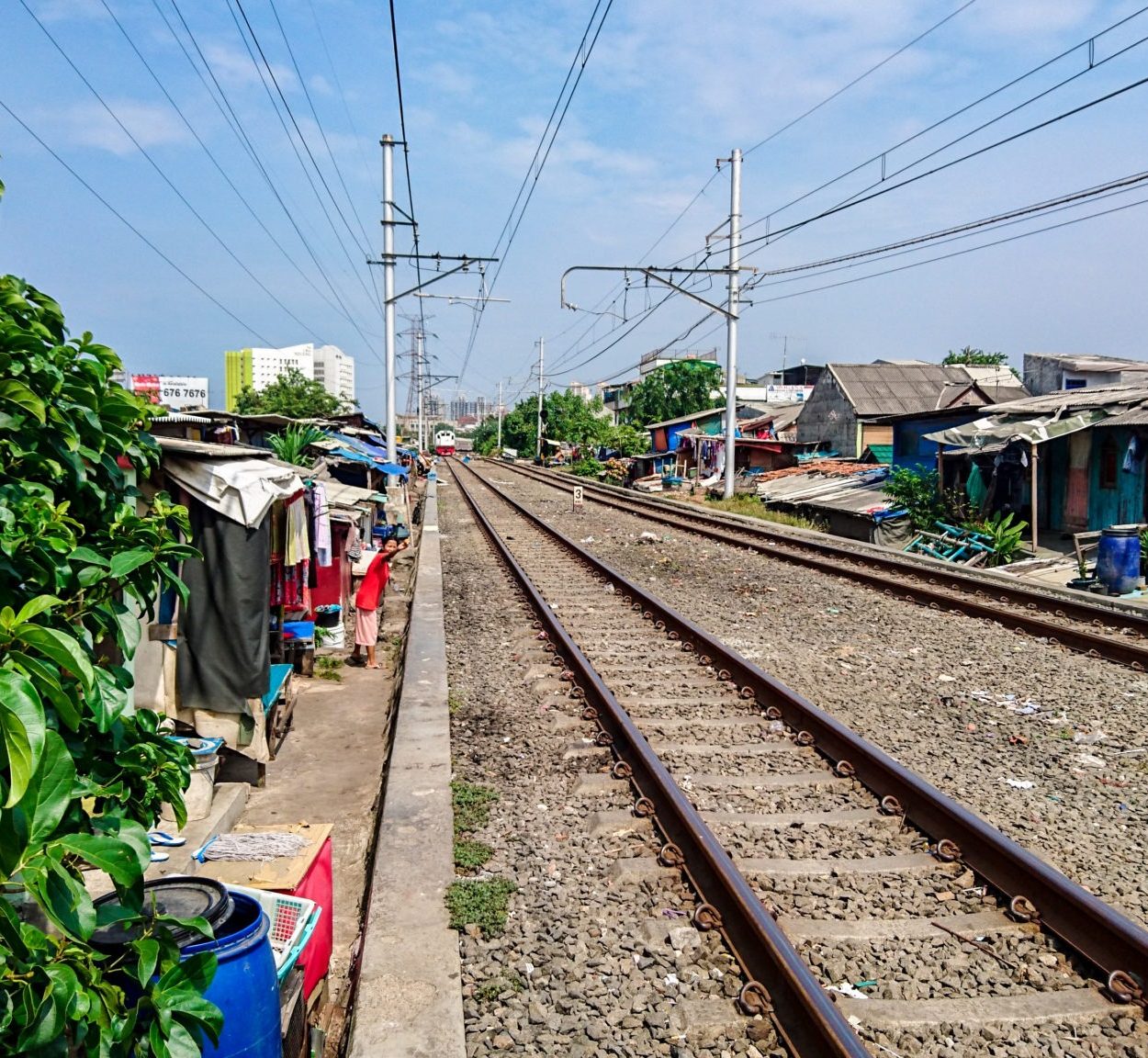
Hidden Jakarta Tour
- Posted by by Sam
- 6 minute read
We discussed slum tourism as a couple quite a few times when we found out about the Hidden Jakarta Tour. Wether it would be ethical or not to go on this tour. Their TripAdvisor reviews seemed positive. Not only would we get to see the another completely different side of Jakarta, we would actually be contributing to a community in a sustainable and responsible way. It’s a touchy subject as most people would consider it a day looking at poor people in a very depressing human zoo. Ultimately it depends on the tour itself, which way you look at it and how it affects you as another human being.
In the end we decided to go on the tour as it wasn’t a look-at-these-poor-people-tour as many tours like these turn into. The people who run this tour are mainly doing it to raise money for these communities (all money goes directly to their different projects) and to show this part of Jakarta to Indonesian people. To make a change. This is where the importance is for us, why they run the tour. They want to make a change, this is something the government doesn’t want you to see, thereof the name Hidden Jakarta tour. But by having this tour, they raise awareness of the issue which is the first step for change. Also, many of the people working for the tour are living in these areas themselves, which we really liked. It’s also a way to give back to these communities.
The Hidden Jakarta Tour not only gives you an insight into the disparity of the city, we had a real opportunity to connect with people who were as interested in us as we were in them. “ Why do you come to Jakarta? “, is a very popular question whenever we are in Jakarta. Our answer is mostly “The food and the people”. This tour made this even more true for us.
Fatahillah Square
We started our day by heading off in a BlueBird taxi to Fatahillah Square. It’s a on most tourists’ to do list in Jakarta, and a main sightseeing spot. It’s also a popular place for students to grab an interview with the tourists. They ask you your name, where you’re from and why you came to Indonesia, that’s usually in front of a camera. Then they want a selfie with you, then the next person ask the same thing. You could do this all day.
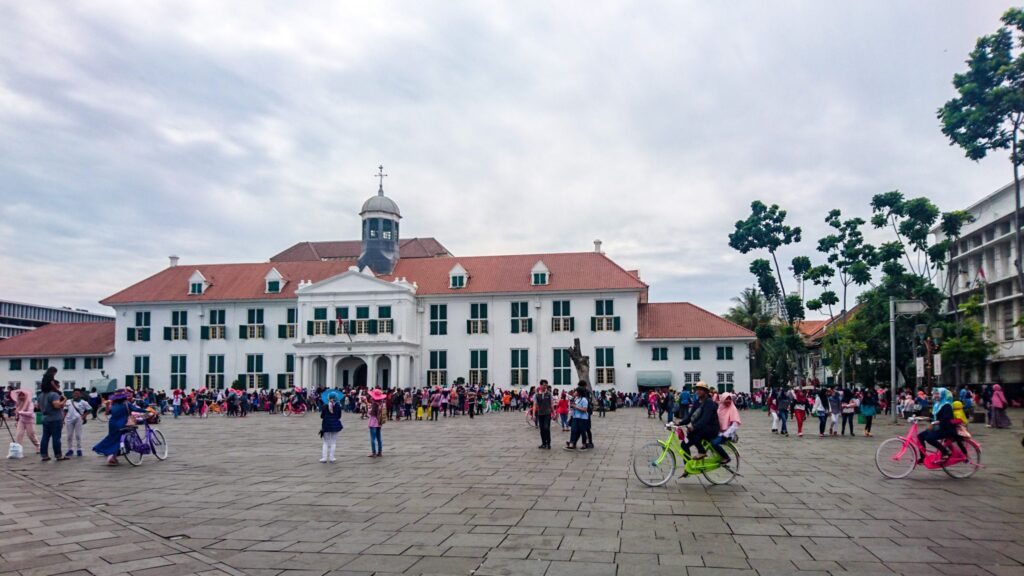
We grabbed a coffee at the famous Cafe Batavia. The food was OK, but as always in Indonesia you can get better for cheaper, essentially you’re paying for the location and the interior of the cafe. It’s well worth the visit for the location. Coffee was excellent, they have different coffee from all around Indonesia and hits a spot in my Top 5 Best Coffee in Jakarta blog post.
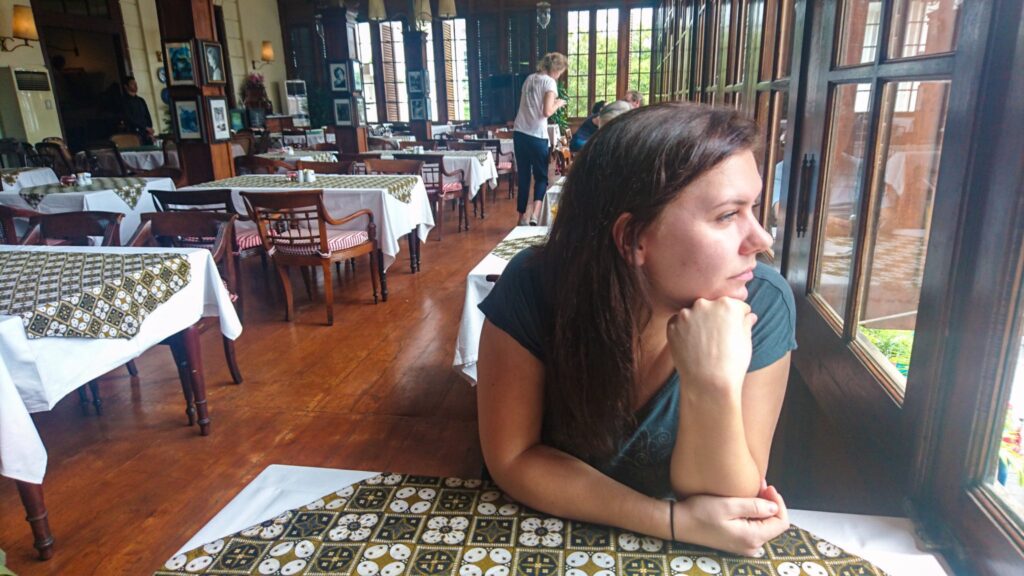
Our guide meets us at a local cafe, Kantin Mega Rasa, just around the corner. We grabbed lunch and an ice tea, while discussing what’s in store for the day. It’s also a great time to ask anything you’d like to know and about taking photos, as that was something we viewed as a potential awkward/embarrassing, or not at all normal social behaviour. The best thing was to take it by ear, our guide would check, or as it turned out people would ask us to take their photo. Well it is Indonesia, and they do love their selfies.
The three of us jumped in a microlet (small buss for local transportation) and headed off. We jumped out at Jembatan Kota Intan, an original Bascule bridge, and after dodging the traffic we ducked into a side alley and headed off into the dark and towards the train lines.
Dark Places
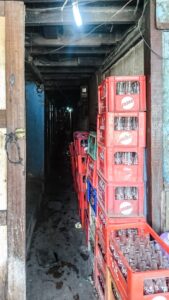
Ducking into a side alley is not something you’d normally choose to do on your own, or in our case, wouldn’t even know it led somewhere. Our guide smiled and greeted a few people as we walked through the long corridor peeking into peoples homes on each side. You see people cooking food on stoves next to a central gutter, another person washing their clothes or feeding a baby, going about their normal lives in the damp, fetid air. We stopped at a door and our guide bids us welcome into a persons home. It’s about 4m x 4m square, no windows, the railway is only a meter above you.
This was our first meeting. She explained to our guide how she lives in this space, her husband earns about $2 a day as a parking attendant nearby. This place is ‘rented’ from a Chinese criminal gang who collect about $30 a month from them. As you can see in the pic they have electricity and a fridge, their possessions are hung around or neatly packed against the wall. The fan blasts 40 ° c hot air around the room, it’s hot as hell, but we all smile for an awkward turtle moment. Yes the first meeting was a bit awkward for us, as we wasn’t sure how to act. But it got better throughout the tour and we relaxed a bit more.

Back in the dark corridor, we climb one of the ladders and walked along the thin plywood floor/ceiling and past a few doors to sunlight and a gasp of ‘fresh’ air. Before we head back down and onwards to the bridge, greeting mostly women who were chatting or cleaning/cooking and children who are running around playing and being shy when we say hello.

This time we jumped into an bicycle tuk-tuk (illegal in Jakarta, but no one cared in this area) and disappear off towards the docks. This is a very working class, low income area. Our guide had us pulled across the water way by a family working this “ferry”/boat/raft. It was covered from the sun by some tarp with a piece of rope to pull it left or right. One of the family members guided us into a thin wooden boat. His son took us out to the old lighthouse and back with his grandson sitting up front all proud of his new passengers whilst he played on a broken mobile phone. We passed dozens of ships in different states of repair and after about 30 minutes we were out in open water, the old green lighthouse in view and massive container ships dotting the horizon. We headed back feeling slightly smaller in our 4 meter long wooden boat.

When we arrived back our guide led us out into the wasteland next to the docks. The ground was rubble, bricks, concrete, bits of cable. Dotted across the debris were makeshift tents, built from whatever could be found, tarpaulin, wood, sheet metal, whatever worked. Floors were on stilts, beds were either on the floor or raised where the whole family would sleep together. By family, I mean in this case a woman with six children, her husband works on a cargo boat sailing between Indonesia and the UAE. She see him once every three or so months when he brings her a few hundred dollars after his expenses.
These houses are illegal, in the sense that they’re not allowed to build anything on these grounds. Ever so often the government sends bulldozers to take it all down. And these families have to rescue what they can and start over, once the bulldozers left.
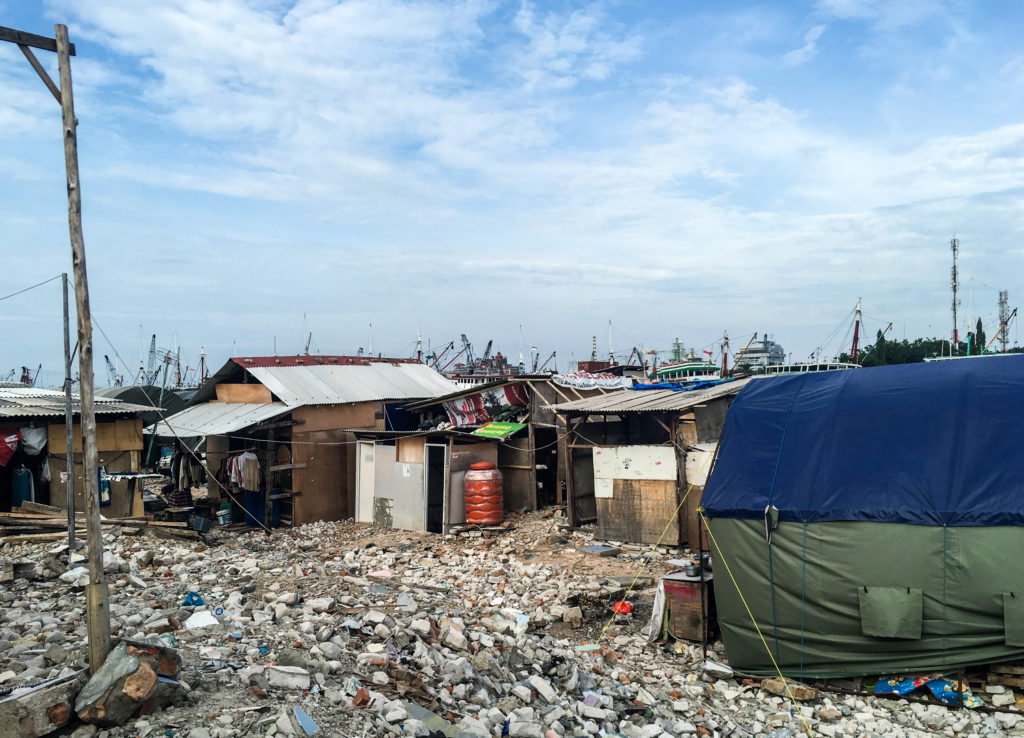
We sat down with a family and had a really nice chat with them. We were asked a ton of questions, If we were married, where we live, where we come from, How much we earn? How much we pay for rent?. You quickly realize these are huge almost inconceivable sums of money for these people.
Reflections
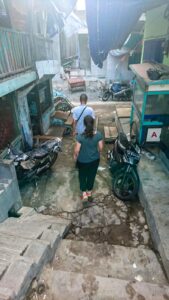
The Indonesian government doesn’t want to admit to this problem. Many Indonesians have never seen these areas. That’s also a reason why we found it important to go. To go here and show that these people matters. That’s an issue in this area, the guide told us that many of the people living here doesn’t think they matter as not even their own countrymen comes here. He continued to explain how happy it made the people here to have foreigners come, just for a small chat. We got so many smiles from people we were passing saying hello, Livia in Indonesian, which made them smile even more.
It hit me hard, it was difficult to hold back the tears once we left the dockland. Us with so much, so “wealthy”, even though we have to work to live and are about one or two paychecks away from being on the street ourselves. But you can’t imagine having to survive like that and still be able to smile. It’s a rough hand to be dealt in life, it makes you tough. You look at the first photo in this post, now look at the last. Its was a sobering experience for everyone.
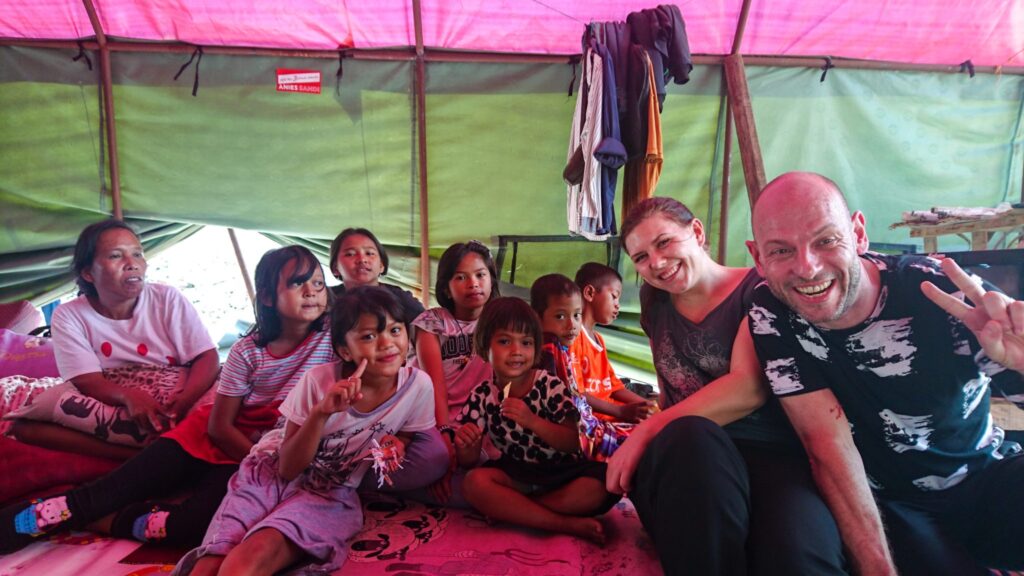
More Indonesia!
Make sure to see our Indonesia page with tips about travel in Indonesia, map and all our blog posts about Indonesia.
Post navigation

Lessons I Learned When Living in Jakarta
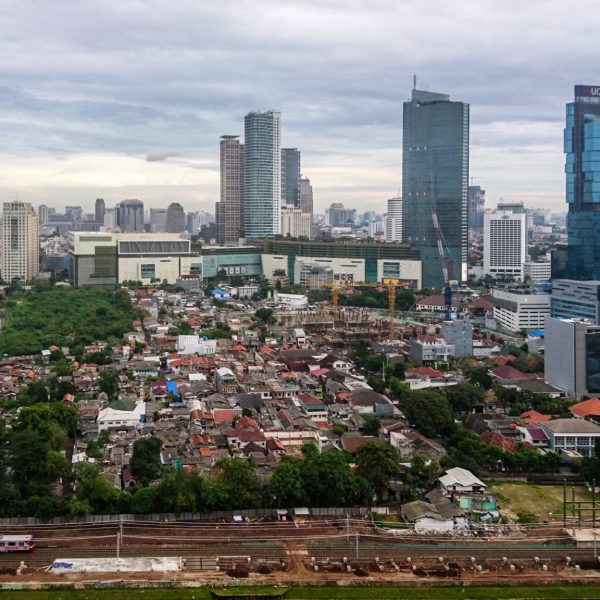
Things to Do in Jakarta
Leave a comment, leave a reply cancel reply.
You must be logged in to post a comment.
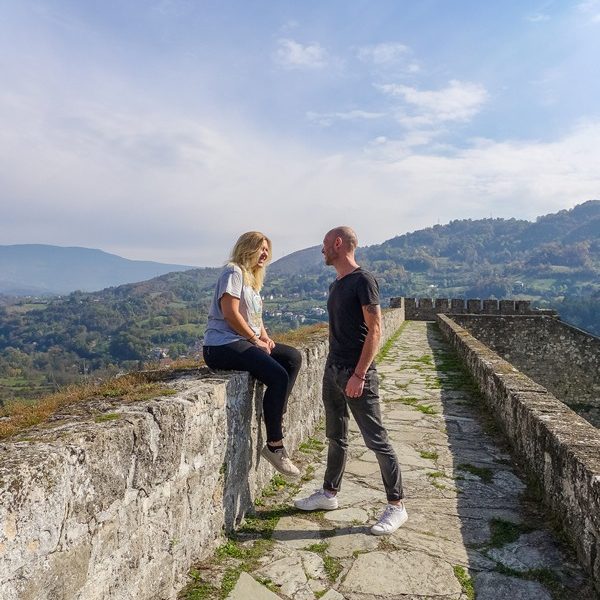
- Bosnia-Herzegovina
Bosnia and Hercegovina: Survival Guide
- Posted by by Livia
- 4 minute read
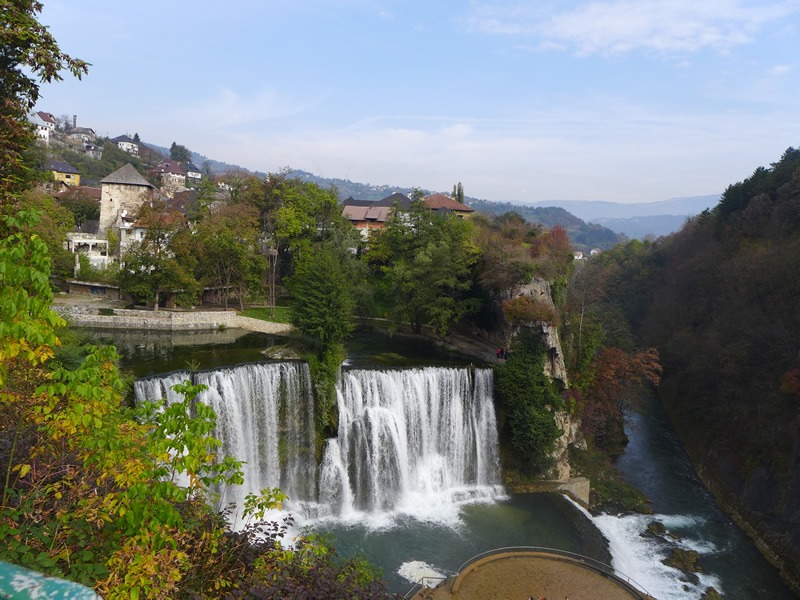
Jajce Travel Guide: What to do and Where to Eat
- 3 minute read
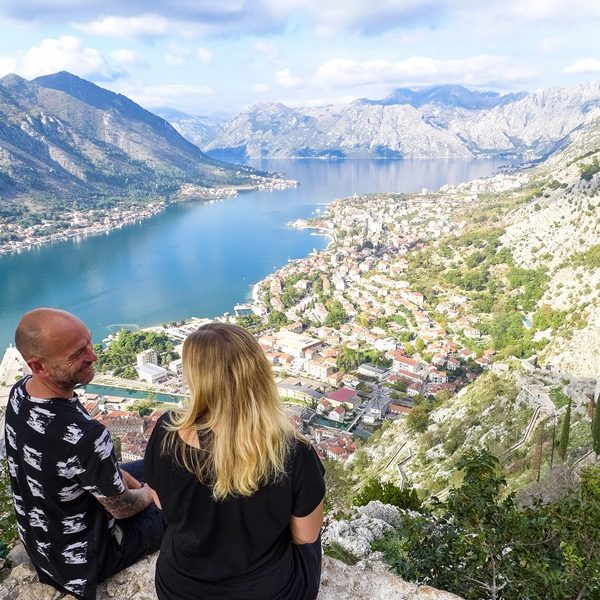
A Very Short Kotor Travel Guide
- 2 minute read
TheJakartaPost
Please Update your browser
Your browser is out of date, and may not be compatible with our website. A list of the most popular web browsers can be found below. Just click on the icons to get to the download page.
- Destinations
- Jakpost Guide to
- Newsletter New
- Mobile Apps
- Tenggara Strategics
- B/NDL Studios
- Archipelago
- Election 2024
- Regulations
- Asia & Pacific
- Middle East & Africa
- Entertainment
- Arts & Culture
- Environment
- Work it Right
- Quick Dispatch
- Longform Biz
Kampungs off er answer to Jakarta slum issues
Several slum kampungs in northern Jakarta have adopted a collective housing model and would like the government to know of their success.
Share This Article
Change size.
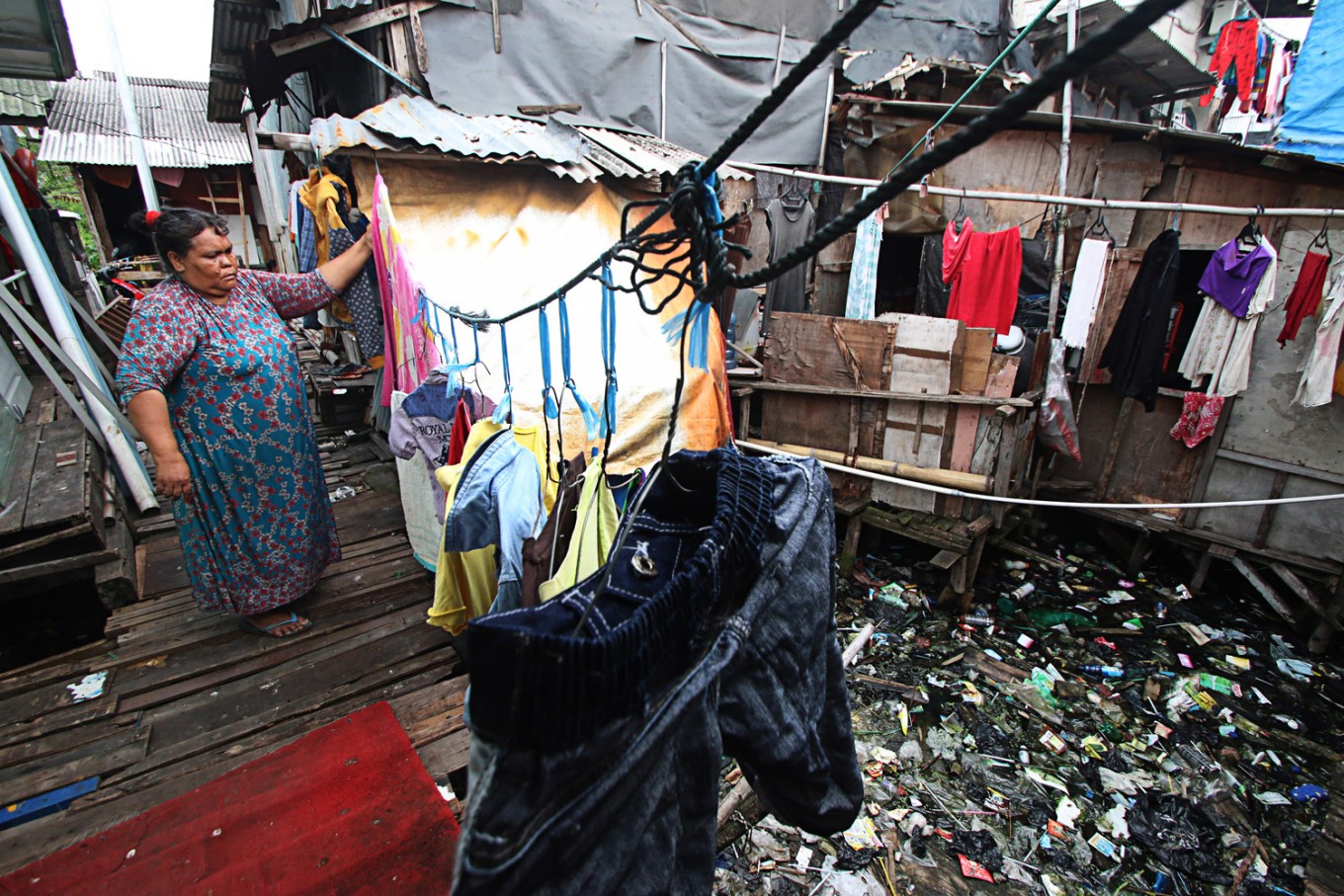
span lang="EN-US" style="mso-ansi-language:EN-US">Several slum kampungs in northern Jakarta have adopted a collective-housing model and would like the government to know of their success.
Representatives from the kampungs Lodan, Tongkol, Kerapu, Marlina and Akuarium showed that in communities where residents actively participate in remodeling their communal-living space, they can tackle the different challenges they face.
They made their case on Monday during a tour arranged by Rujak Center for Urban Studies that the collective-housing model should be the solution for Jakarta’s slum problems, instead of the forced-relocation method that city administration has employed time and again.
“The government is of the opinion that reforming the slums is an impossible task with forced relocation to rusun [low-cost apartments] being the only solution,” said Kampung Marlina resident Eni.
“We want to show to the government that we, the residents of those slums, are capable of reforming our homes.”
With overhanging second floors completely covering the narrow alley below, Kampung Marlina was a victim of unchecked urbanization.
But as several house remodels have been completed, bright spots have begun to show in the Marlina alley that, according to Eni, has not seen a ray of sunshine in years.
Each remodel is designed to accommodate the specific needs of each resident, with architects from Rujak providing assistance.
“I have two kids, so I need three bedrooms. Even though a section of the original house was cut, I didn’t lose any space as they’ve been moved to a new third floor,” said Eni.
Cooperative model
Initial funding for the remodels was provided by the National Alms Agency (Baznas) with subsequent financials handled by the Maju Bersama Marlina Cooperative.
“Residents have to pay 10 percent of the budget plan upfront. Baznas provides Rp 10 million [US$635] aid for each house, with the cooperative handling the rest,” said Eni.
The residents, Eni adds, will then have to pay back the cooperative through zero-interest monthly installments, with the amount and credit period dependent on the financial capability of each resident.
Money gathered by the cooperative will then be used to finance the next remodel and so on.
This same approach can also be seen in the “vertical village” of Kampung Akuarium, where the Bangkit Mandiri Akuarium Cooperative essentially acts as the building manager.
As management, the cooperative has its own standard operating procedure (SOP) for occupancy, security and maintenance, drafted with assistance from the Jakarta Property Institute.
But as a community-run entity, Kampung Akuarium’s SOP differs from other low-cost apartments managed by the government as they employ a more democratic approach.
“The maintenance costs and the no-shoes rule inside the building were all discussed together beforehand [with the residents],” said cooperative head Dharma Diani.
However, she admits that getting the more-than-200 families in Kampung Akuarium to agree on certain subjects can be hard. “We always outline our reasoning when deciding on a regulation. The discussion sometimes gets heated, but we always try to reduce our egos and avoid conflict,” explains Dharma.
Security of tenure
Aside from internally managing the goings-on within Kampung Akuarium, the cooperative acts as the community’s representative in discussion with the government. “For the time being, the cooperative has a five-year lease on the building from the Jakarta administration,” said Rujak executive director Elisa Sutanudjaja.
But the cooperative is also currently engaged in discussion on acquiring a right-to-use (HGB) permit for the building through a grant from the Jakarta administration.
To do that, the city requires the cooperative to prove their financial and management capability by amassing Rp 1 billion (US$63,552) in the next five years and attending building-maintenance classes offered by the government.
For the kampung residents whose residency status is often up in the air, obtaining a security of tenure has been a long-held dream.
“We have to show the government that we are open to collaborating and all we’re looking for is a security of tenure,” said Dharma.
A cooperative is a type of business entity jointly owned and managed by its own members with capital also provided by its members. Taking its name from the word cooperation, a cooperative prioritizes kinship in its management and is generally more democratic compared to typical enterprises.
In Indonesia, cooperatives can be seen as the counterpart to the spirit of gotong-royong (mutual cooperation). While the latter is more abstract and concerns the social mores of Indonesians, the former is more practical and has a direct impact on livelihood.
As with typical business entities, cooperatives may provide various goods, services or any combination thereof. Cooperatives can function as a retail company, service providers, a supplier of raw materials or even provide loans for its members.
However, because cooperatives are typically meant to provide those goods and services to its members with profit not a priority, prices are typically lower compared to other types of business entities.
In the case of Maju Bersama Marlina Cooperative, the cooperative provides home-remodel loans with zero interest, with the cooperative taking an upfront payment amounting to 5 percent of the budget plan for operating costs instead.
By comparison, banks give out property or home-ownership loans with sizable interest rates, which amount to more money over time.
Compared to banks, where pay slips or other guarantees are typically required to take out sizable loans, cooperatives tend to be much more flexible as well.
With many members from low-income communities working in informal sectors, cooperatives give them access to financial instruments they might otherwise not have access to.

To my horror, it’s just a movie!

RI, Australia strengthen partnership on taxing crypto assets

Pentagon chief congratulates Prabowo on being elected President
Related articles, where to stroll in a city where ‘nobody wants to walk’, jakarta identity card number deactivation policy meets with mixed response, mrt jakarta mulls extending rail line to south tangerang, how bi rate rise impacts on the banking and real sectors, albanese raises prospect of early election, related article, more in paper.

Analysis: Govt adopts mandatory B35 biodiesel program as CPO prices tumble

Global chip crunch stunts Indonesia car sales recovery

XL profit falls in Q3 as tower sale income dries

Indonesia one step from Olympics after beating South Korea

Thai's Myanmar initiative

Dollar bonds lose appeal amid weaker rupiah, interest rate hikes
Trump compares campus israel protests to 2017 white nationalist rally, prabowo closes in on house majority after nasdem pledges support, china warns blinken over deteriorating ties in talks, china passes tariff law as tensions with trading partners simmer, pdi-p will likely be part of opposition: ganjar, green groups accuse adb of funding indonesia coal plants despite clean energy promises.
- Jakpost Guide To
- Art & Culture
- Today's Paper
- Southeast Asia
- Cyber Media Guidelines
- Paper Subscription
- Privacy Policy
- Discussion Guideline
- Term of Use
© 2016 - 2024 PT. Bina Media Tenggara
Your Opinion Matters
Share your experiences, suggestions, and any issues you've encountered on The Jakarta Post. We're here to listen.
Thank you for sharing your thoughts. We appreciate your feedback.

Message placeholder

The Indonesian Slum Tourism: Selling the Other Side of Jakarta to the World Using Destination Marketing Activity in the Case of “Jakarta Hidden Tour”
Pramadi Agus 1 and Kusumawardhana Indra 2
1 An independent researcher 2 The permanent lecturer at Department of International Relations, Universitas Pertamina, Jakarta
Corresponding author: [email protected] .
This research is constructed based on the reality of slum tourism as a new phenomenon in the era of globalization. The locus is selected as it is related to Jakarta Hidden Tour case in Indonesia. The question posed is how to promote slum tourism in the Jakarta Hidden Tour to the international world and raison d'etre. To answer the problem formulation, the researcher uses eclectic analytical framework which are commodification theory by Karl Spracklen and destination marketing theory by Youcheng Wang and Abraham Pizam. By using qualitative method, departing from above-mentioned understanding, this paper claims that slum tourism in the case of Jakarta Hidden Tour as a form of valorization offered to the world. Whereby, the core argument is slum tourism phenomenon that arise in Indonesia is one of the dark side of Indonesia's economic development that generates inequality especially in big cities.
Key words: Slum tourism / Commodification / Jakarta Hidden Tour
© The Authors, published by EDP Sciences, 2018

Current usage metrics show cumulative count of Article Views (full-text article views including HTML views, PDF and ePub downloads, according to the available data) and Abstracts Views on Vision4Press platform.
Data correspond to usage on the plateform after 2015. The current usage metrics is available 48-96 hours after online publication and is updated daily on week days.
Initial download of the metrics may take a while.
Jakarta Hidden Tour
- FEE & DONATION
- BOOKING & CONTACT
- MEDIA PUBLICATION


IMAGES
VIDEO
COMMENTS
My last slum tour gave me into a whole different perspective of this. All because of an inspiring man named Ronnie! Jakarta Hidden Tours. Jakarta hidden tours offer tours throughout Jakarta's many slums. The founder and only guide of this company is named Ronnie. Ronnie an Indonesia native and was an artist for many years. While visiting the ...
I walked around the slums in Pademangan Jakarta Utara. Pademangan, is the most densely populated district in North Jakarta. Please, only watch this if only y...
A Glimpse into Jakarta's Slums. Imagine a tour that isn't about picturesque landscapes or luxurious accommodations, but rather an exploration of the raw, unfiltered reality faced by many inhabitants of Jakarta. The tour offers an unfiltered perspective into the lives of those residing in makeshift homes, families living in cramped quarters ...
The Hidden Tour took you to places in Jakarta that were off the beaten (tourist) path. It was a tour of the "real Jakarta" meaning that we would be visiting the Jakarta slums, meeting with street (homeless) children, and homeless families. We would also see some of the local markets and waterfront area.
Discover the poignant story of Masjid Wal Adhuna, a sinking mosque standing as a silent witness to Jakarta's submerging coastline. Join Java Private Tour on an immersive journey through Jakarta's slum areas, encountering the challenges faced by locals in shaded under-toll dwellings and densely populated Gang Venus Tambora. Unearth hidden gems like Pantai Indah Kapuk, Muara Karang, and Oyster ...
I walked around the slums on the edge of the railway tracks in Indonesia. Pademangan, is the most densely populated district in North Jakarta. Please, only w...
I walked around the slums in the Senen area of Central Jakarta I walked towards Tongkang Park then Pasar Gaplok Tanah Tinggi and Kampung Ondel Ondel Kramat P...
Story Highlights; Ronny Poluan leads tours of a Jakarta slum to show visitors the 'real' capital; Tours cost about $34 -- half of that goes to Poluan, the other half to the locals
Date of Travel: October 2019. Ronny and Anneke's website: Jakarta Hidden Tour. A very fine short movie about the tour by Ulf Krueger. Cost of the tour: 50 USD donation to their projects per person. 104 Views. Photographer based near Hamburg, Germany. A visit to the slums of Jakarta reveals the hidden poverty.
Today, Tambora is one of the world's most densely populated places. The Jakarta government estimates that 250,000 people live in an area that measures 5.48 square kilometers. That's an average of ...
Since the inception of Jakarta Hidden Tour's slum tourism program in Jakarta, Kampung Akuarium has remained one of the featured villages in the tour package. Many of Kampung Akuarium's residents have resided in the village since the 1980s, with the majority working as fishermen and laborers. The presence of numerous semi-permanent residences in ...
Jakarta is running out of space. While luxury high-rises are plentiful, affordable housing is scarce, forcing many to live in slum areas with strained access to public resources like clean water, electricity and sewers. With the population of Greater Jakarta expected to grow from 25 million to 35 million in 2020, immediate solutions are ...
They made their case on Monday during a tour arranged by Rujak Center for Urban Studies that the collective-housing model should be the solution for Jakarta's slum problems, instead of the ...
We've spent one day to explore the life in the SLUMS of Jakarta (Jakarta Hidden Tour), in total discovering 3 different slum areas and how the people are liv...
one of five different tours leading to the slums of Ciliwung, Tanah Abang, Papango, Galur or Luar Batang [12]. To our knowledge he is still the only one who offers organized slum tours in Indonesia. In Jakarta, a tour to experience The Hidden Jakarta (Jakarta Hidden Tour) costs US$25, this is the average E3S Web o f Conferences73, 0 (2018 ...
We discussed slum tourism in Jakarta as a couple quite a few times when we found out about the Hidden Jakarta Tour. "It's something the government doesn't want you to see, but there are people living underneath the railways and around the sea port, surviving for less than $2 per day".
Kampungs off er answer to Jakarta slum issues - Sat, November 5, 2022 - The Jakarta Post ... They made their case on Monday during a tour arranged by Rujak Center for Urban Studies that the ...
In Jakarta, as in cities all over the developing world, urban poverty is a growing problem. The World Bank says nearly 25 million people live in the Jakarta area, and every year 250,000 more come.
The question posed is how to promote slum tourism in the Jakarta Hidden Tour to the international world and raison d'etre. To answer the problem formulation, the researcher uses eclectic analytical framework which are commodification theory by Karl Spracklen and destination marketing theory by Youcheng Wang and Abraham Pizam. By using ...
Hey YouTube Family! Yesterday, I was given the opportunity to visit one of Jakarta's slums. I was always interested in what's inside the slums,, especially b...
ISSN 2411-958X (Print) ISSN 2411-4138 (Online) European Journal of Interdisciplinary Studies September-December 2015 Volume 1, Issue 3 112 Jakarta Hidden Tour, a "wild" tour activity which is promoted by community movement led by Ronny Poluan indicates a term of economy and cultural (eco-cultural) based slum Kampong tourism that basically can pursue a better
jakarta hidden tour. I think "slum tourism" is a tempting term, but it gives the wrong idea. Ronny is doing something profound. He creates an environment where people meet as equals. And we just naturally want to do what we can to help each other. It's from the heart. [z2z, London UK]
*This is walking tour video with no talking. #virtualtour #virtualwalk #citywalks #jakarta #indoneisa #slumarea 🚶♂️ SUBSCRIBE FOR MORE VIDEOS 🚶♂️ Our c...